I also fertilized the onions with nitrogen. I would have done it much earlier, but I realized that the nitrogen I added a few months ago also caused the cauliflower to grow quite a bit. With too much nitrogen fertilizer cauliflower will not head. So, I held off fertilizing again until the cauliflower was picked. Now that is is gone I put about a little more than a tablespoon of fertilizer per square on the onions. Note to the future: Don't plant onions next to cauliflower in a square foot bed.
The basil has been growing now for about a month and so I pruned it. The purpose of this was not for harvest, although it will be used for that. The main reason is to get the plants to bush out. Right now they are primarily one stalk growing straight up. They are pruned just like any other shrub, just above a node. By pruning them just above a leaf they will form two branches from that point. More branches means more leaves which means more harvest. Joellen shows how to prune basil in this video from a few years ago.
1 Comment
In the last few weeks the garden has realy exploded. It has been cool and moist, perfect plant growing weather. The spinach and greens are ready to pick a few leaves, the peas are flowering, the lettuce, carrots, cauliflower,and onions are growing fast.
The radishes are going nuts and starting to bulb out. They are a quick crop and they will be ready to harvest in not too long. The weeds are also starting to grow. There are tons of tiny weed sprouts all over the place. Luckily, I can just scrape a trowel over the weeds to pull them up. As long as you can catch them when they are small they are easy to pull like this. We also had some marigolds left over from our summer annual planting demo that we taped with Joellen Dimond. At one time I was going to plant a square of marigolds in the square foot garden, but that square got repurposed for summer squash. I stuck some of the extra marigolds in the spaces between the concrete blocks on the side of the raised bed. Hopefully they will survive the less than ideal growing conditions and make a nice little pop of color and chase some bugs away. The rest of the plants are growing well. We are only a week or so from the average last frost.
The peas are looking for something to climb so it is time to build the trellis for them. If you remember we put T-posts in the garden when we laid it out, before we planted anything. We did this so we would not disturb roots by driving the posts after the plants were growing.
Also once I got done doing everything, I discovered that the bottom wire was too high for the plants to reach. One of the great thing about T-Posts is that they hold wire strongly, but you can slide the wire up and down by bending wire out on the nub side of the T-post, moving it, and then flattening the wire back out. So that's what I did to slide it down. Then I had to untangle the peas and lean them over to the trellis. The natural fibers of the twine did a good job of grabbing the tendrils. Other stuff I did today I thinned the mustard and turnip greens. I did it with scissors the same way I thinned the radishes. Watch thinning radishes here. The other plants seem to be growing well. There are some tiny weeds coming up all over so I did some pulling there. The red lettuce did not come up at all, and have given up hope on them. I am not going to replant because the crop won't have time to grow before we use the square for another crop. One Swiss chard has finally come up. Maybe some others will follow soon. The square it is growing in is scheduled to have the chard all year so I may replant. The carrots are getting close to thinning. If you remember we broadcast the seed instead of planting them in neat rows. Also, some of the carrot seeds washed into surrounding squares, but not as many as I might have feared.
We planted a few tomatoes very early for television reasons. Over the weekend there was a frost warning, so we had to cover them up to protect them. Because the only time I could get to the garden was the middle of the day, I did not want to use plastic because the plants would have been cooked in their little greenhouse. So I used a piece of fabric we had laying around. I put stakes in the ground by the plants to keep them from getting crushed and held the fabric down with stones and bricks we had lying around. Before I covered them, I watered using cool water. Water holds a lot of heat that will be released as the temperature drops. It worked and the plants are still alive. The forecast looks clear of frost for the next week or so, but we need to watch it closely. We are still two weeks from the average frost free date here in Memphis. Looks like they came though just fine. We'll be ready if it gets cold again.
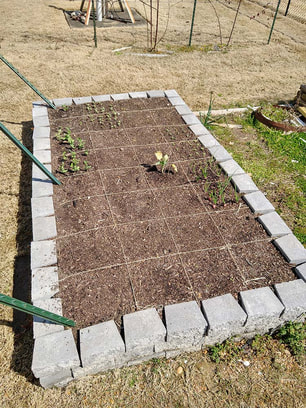 Everything is growing nicely in the garden. Here are updates on individual plants (see below for pictures): Onions: 100% of the onion sets are growing which is not surprising. They will need their first dose of nitrogen fertilizer soon. Peas: Here we did not have a good germination rate. One square has 8 plants, one has 5 plants, one has three plants on the last one only had only one plant come up. The plants that are up are doing well. This would not be a big deal in a regular ground garden, but since we are trying to maximize yield in a very small space this will seriously affect the harvest. Radish: We did not have 100% germination here, but because we double seeded each plant we have plants growing in most of the locations. They have developed their first true leaves so we thinned them. We will be posting a video about that soon. Spinach: The plants are up, but still don't have their first true leaves yet. We had about 70% germination here. Mustard and Turnip greens: These are up and doing well. They are not quite ready to be thinned. We have plants in most of the sites, but even though we double (or more) seeded, there are some spots with no plants. Swiss Chard: It does not look like it is up even though I swear that last week there were small plants there. We'll have to see what happens. Lettuce: Strange occurrence here. All of the green lettuce has come up, but none of the red lettuce has come up. Chris put several seeds in each hole so maybe we have a bad packet of seeds here. Carrots: They are just starting to poke up. I counted maybe 10 plants. There will be tons more as we planted them very dense. Cauliflower: The plant is growing, but does not look too happy. The leaves that were on the plant when we planted it look burned. I have a couple of ideas here. We purchased the plant from a big box store the day it arrived from the greenhouse. It may have not been hardened off from the greenhouse. We planted the other plants in the 6-pack, and they look the same. Remember to harden off your plants. The good news is that the new leaves look happy. So my take away here is over plant your seeds, even with peas that usually are foolproof, and harden off your transplants. |
Square Foot GardenThis year we are trying out square foot gardening. We will be growing a 4x8 garden and seeing what happens and finding out how much we can grow in such a small space. Categories
All
Garden Status
Here is what is growing right now in the Garden: (click the picture to zoom) Master Plan
We hope to follow this plan to be able to maximize our harvest. (click to zoom) Our Harvest So Far
5.50 lb Radishes (32 plants) 1.09 lb Spinach 0.70 lb Turnip Greens 0.58 lb Turnip Roots 1.71 lb Mustard Greens 3.71 lb Peas 1.12 lb Green Lettuce 0.83 lb Cauliflower (1 head) 3.74 lb Basil 3.96 lb Carrots (46) 0.11 lb Green Beans (bust) 24.17 lb Tomatoes (225) 4.77 lb Onions (16) 0.53 lb Summer Squash (2) 8.69 lb Eggplant (25) 9.40 lb Cantaloupe (4) 9.90 lb Watermelon (3) 21.19lb Cucumbers (34) 3.17 lb Peppers (19) 0.58 lb Oak Leaf Lettuce 1.20 lb Romaine Lettuce 8.45 lb Sweet Potato (6) |
Website Copyright 2024 Family Plot Garden
Content Copyright 2015-2024 Family Plot Garden & Mid-South Public Communications Foundation
Content Copyright 2015-2024 Family Plot Garden & Mid-South Public Communications Foundation

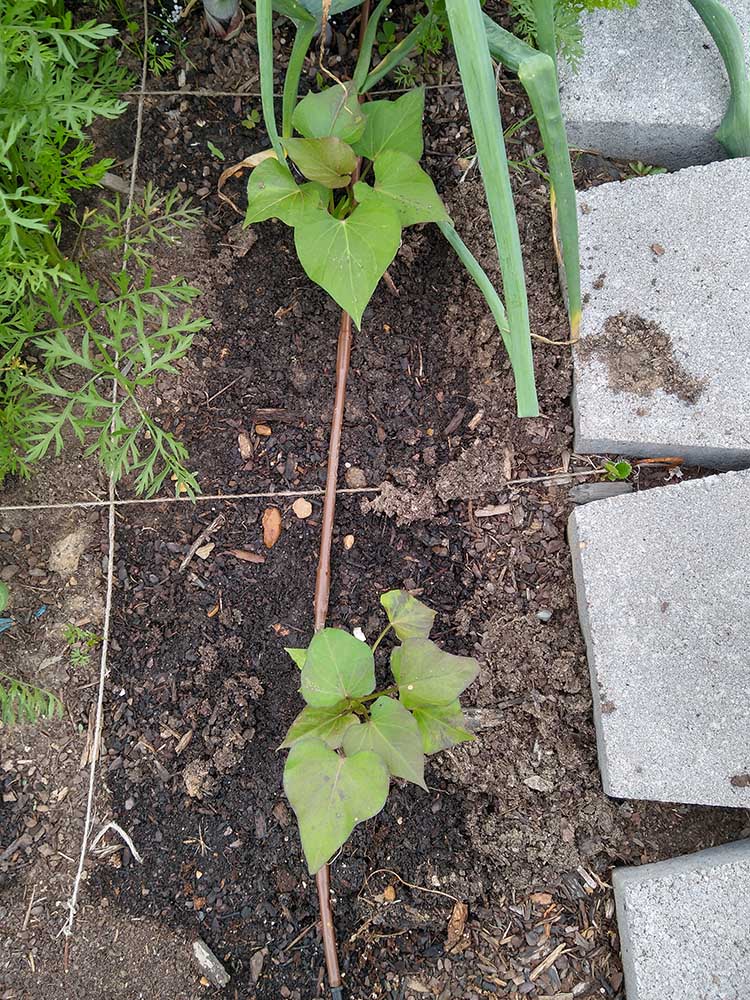
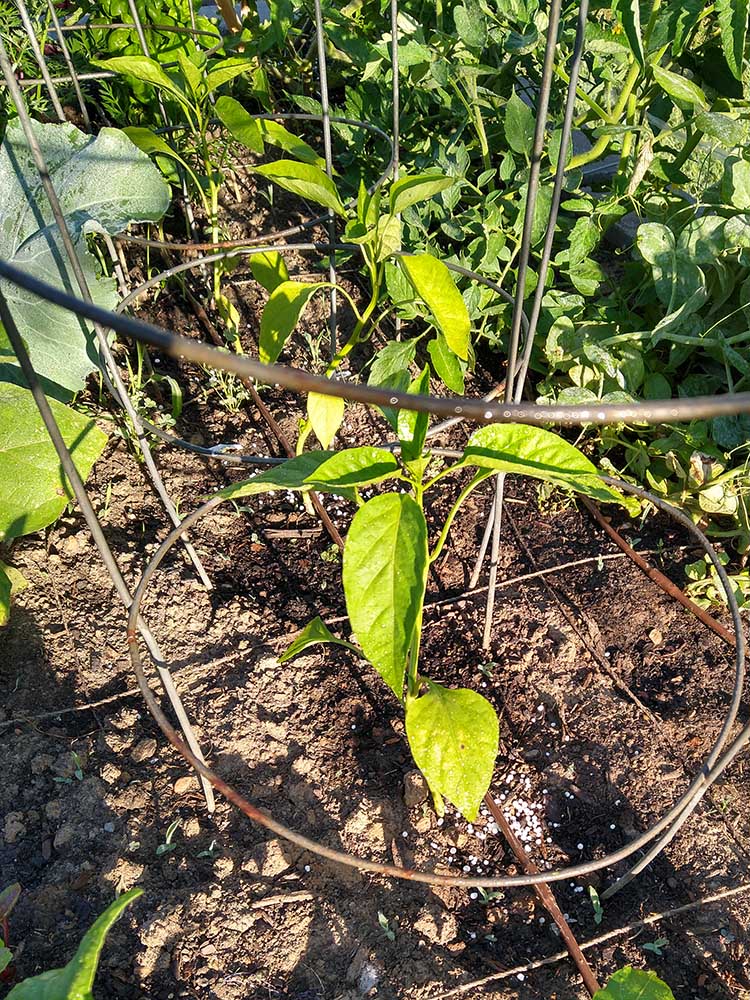
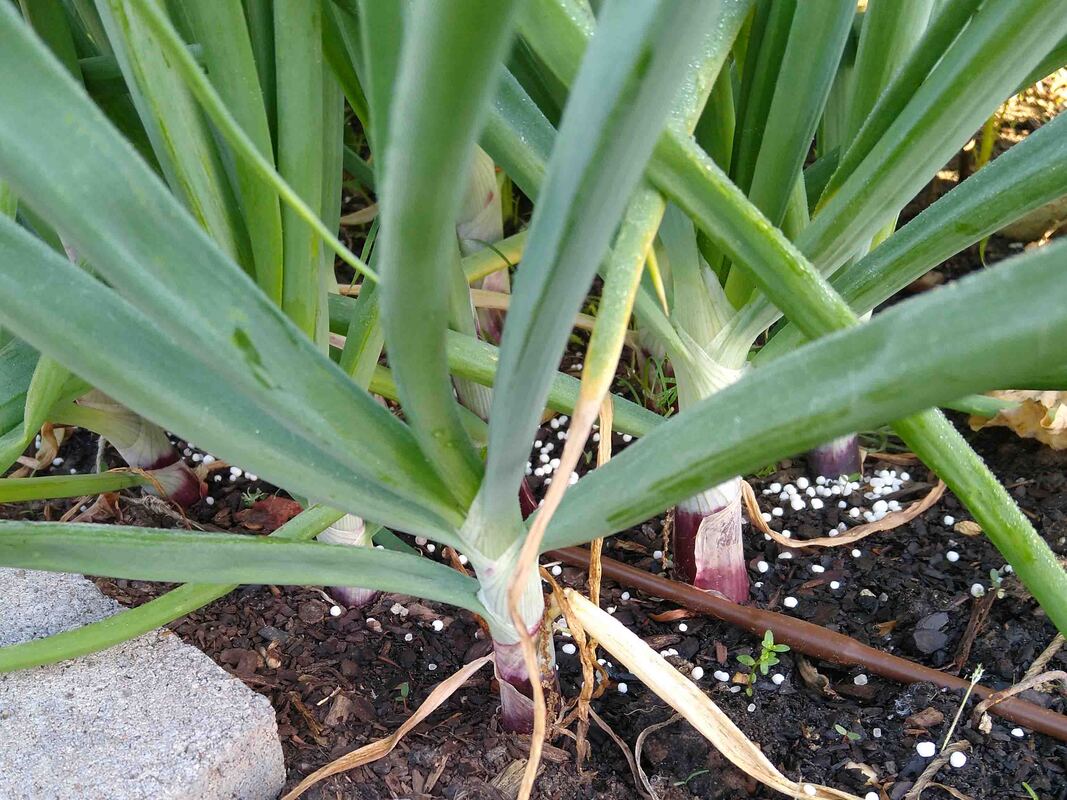
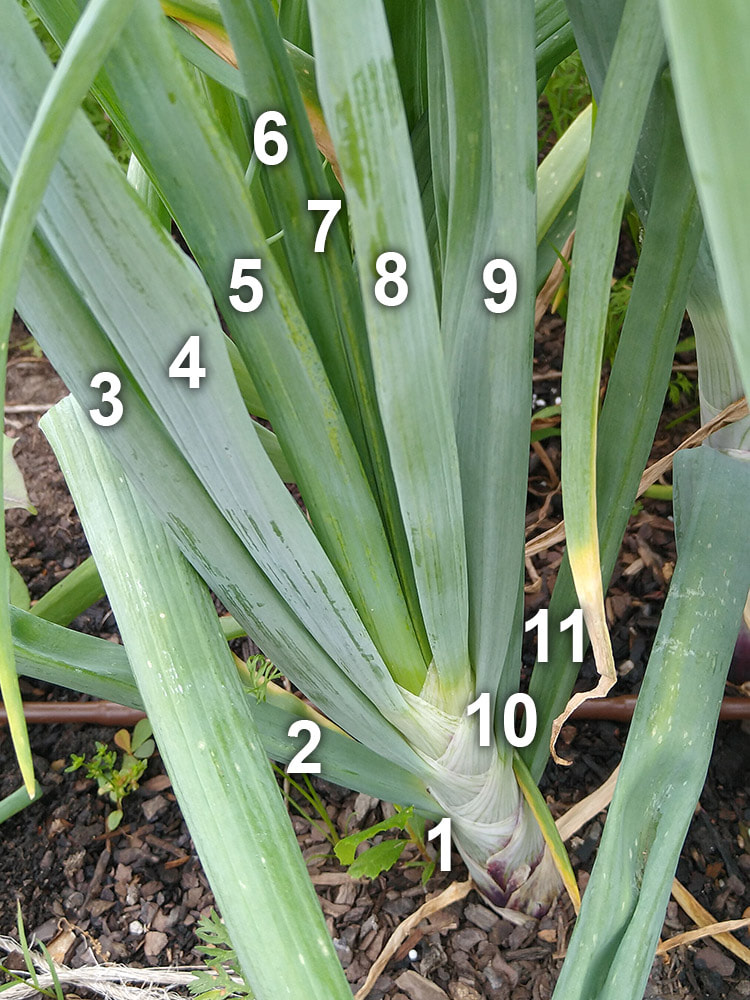
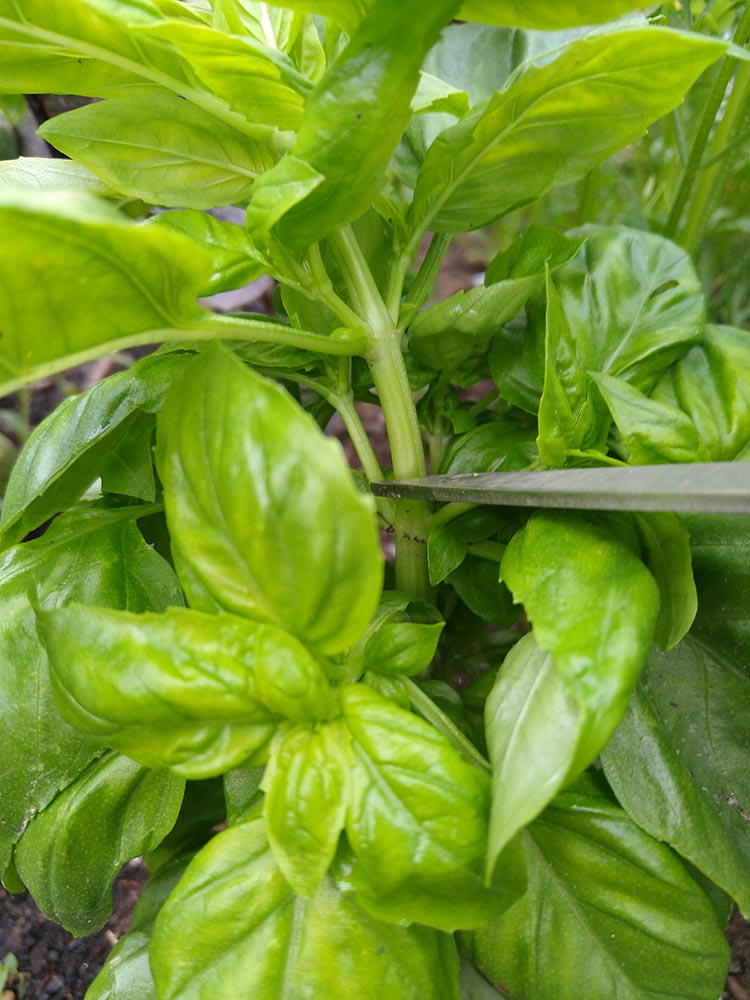
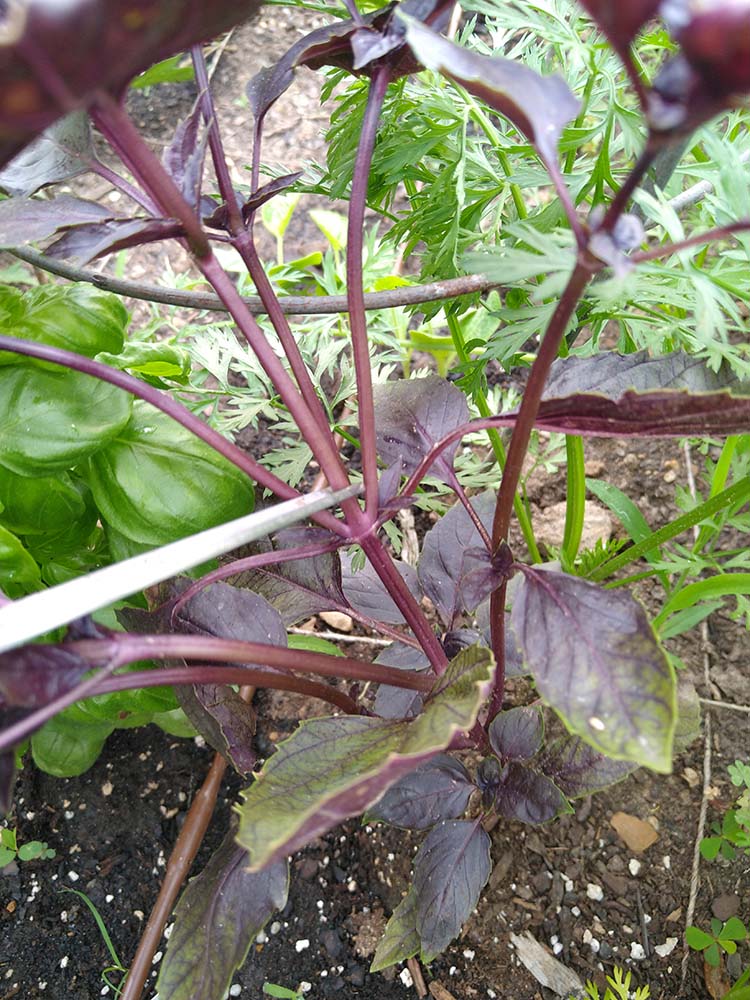
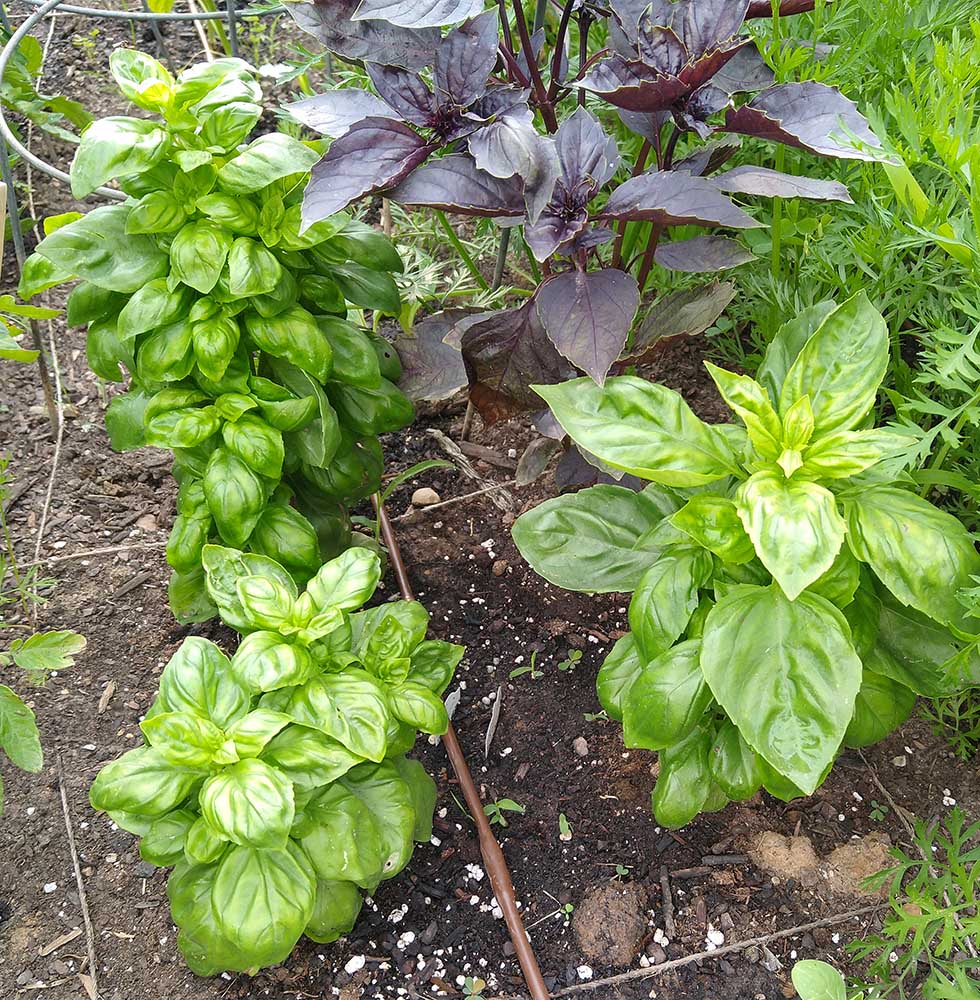
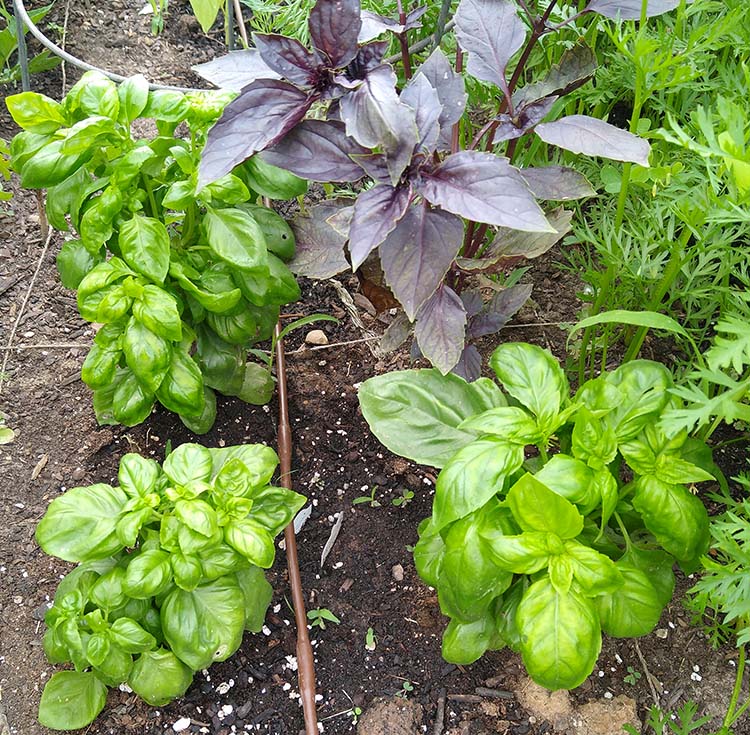
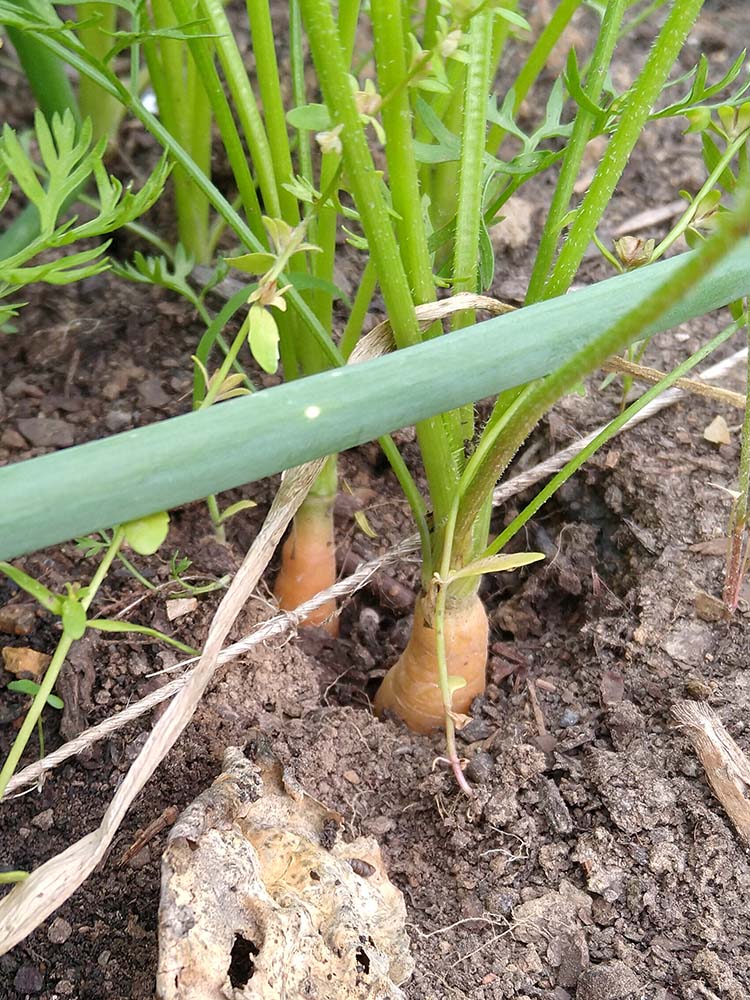
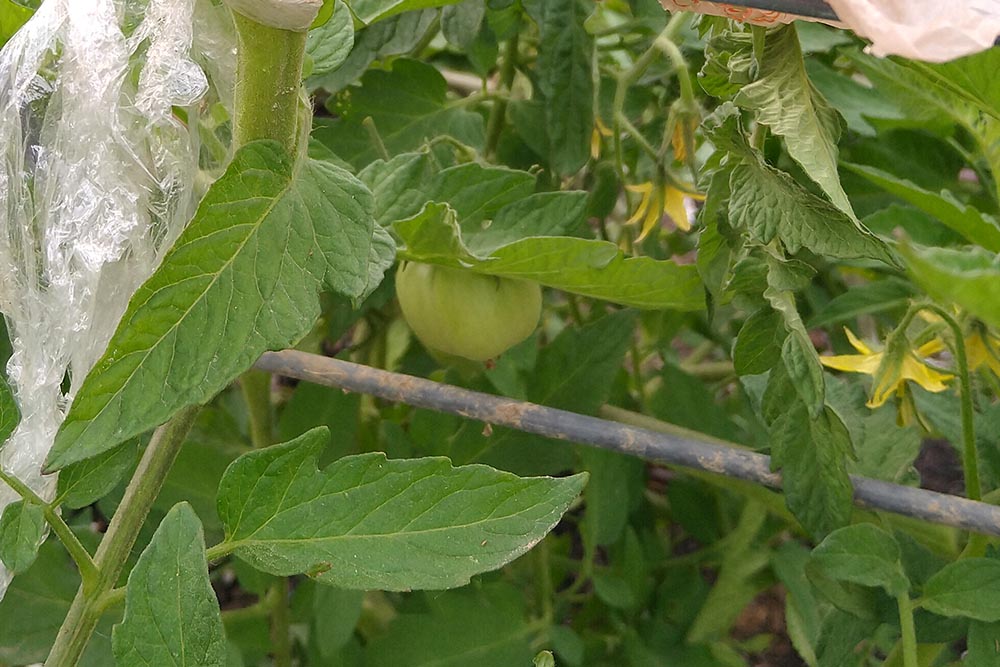
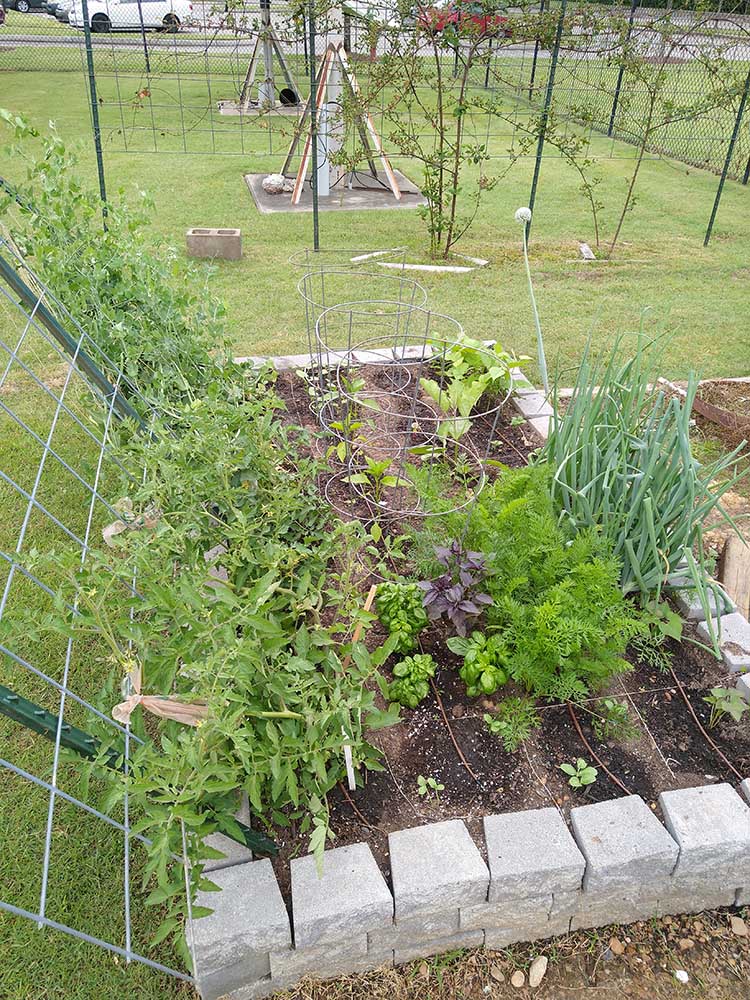
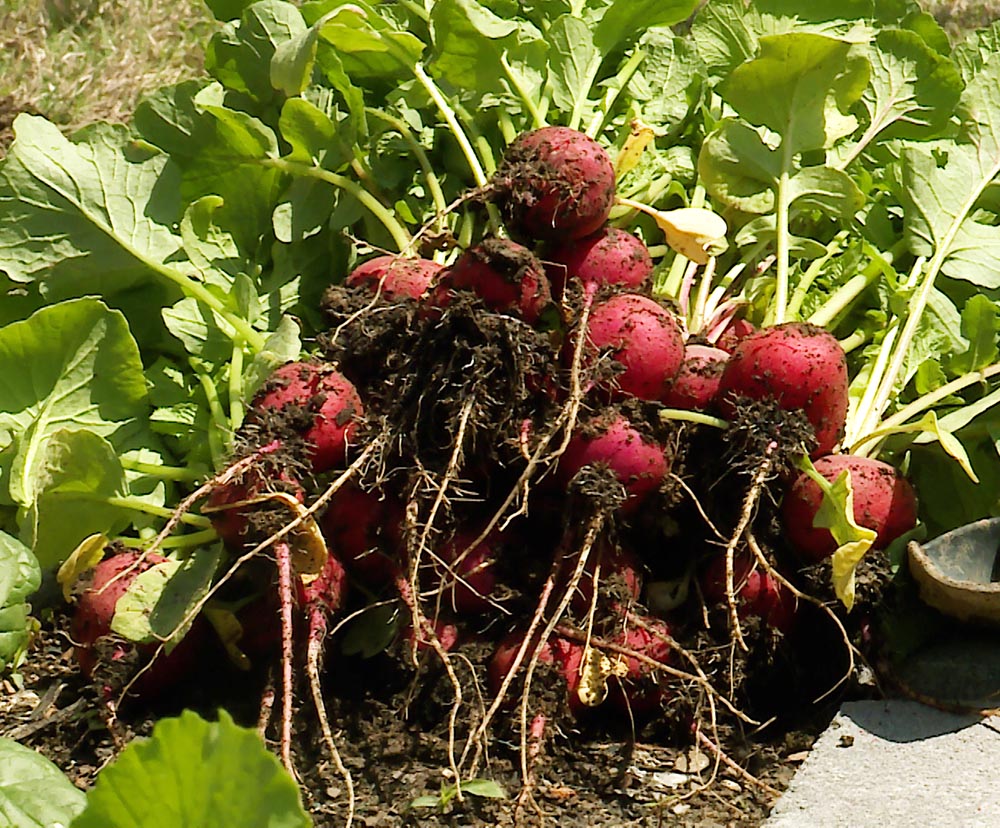
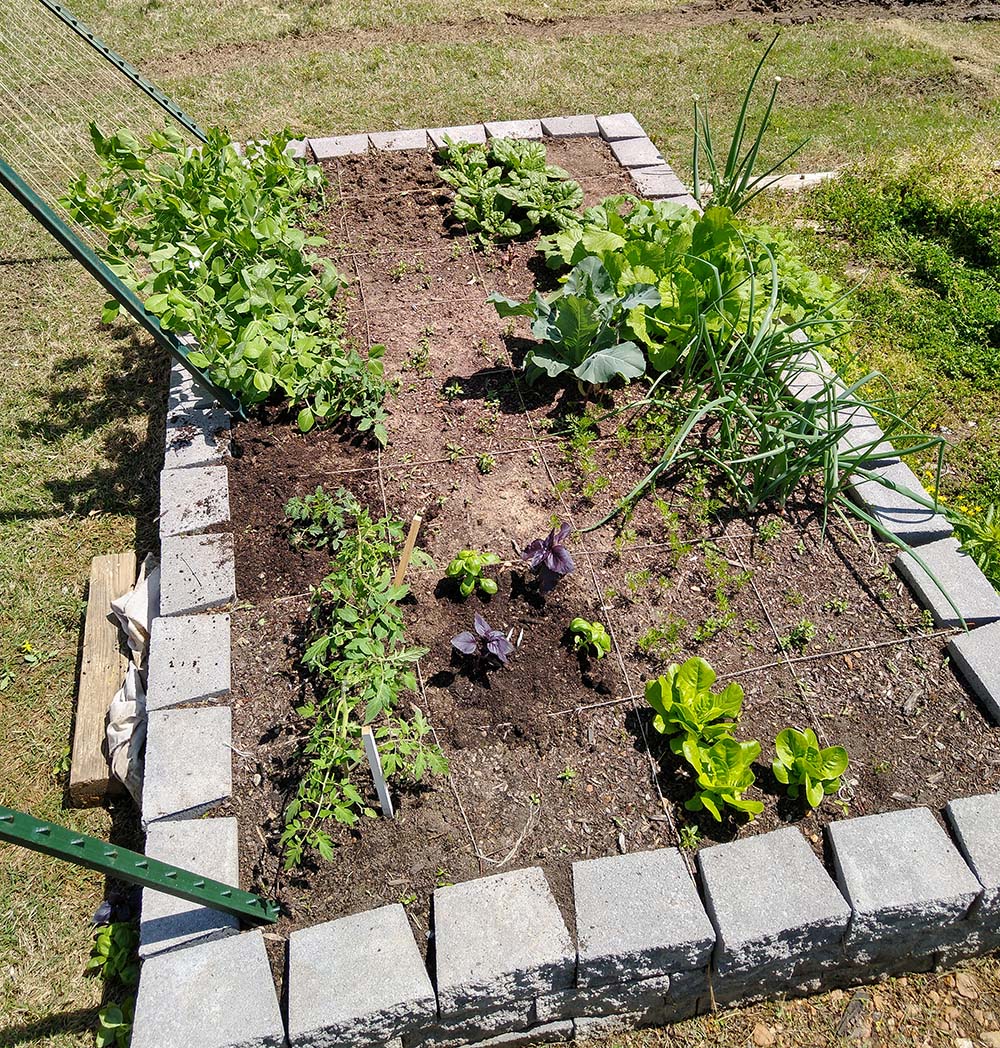
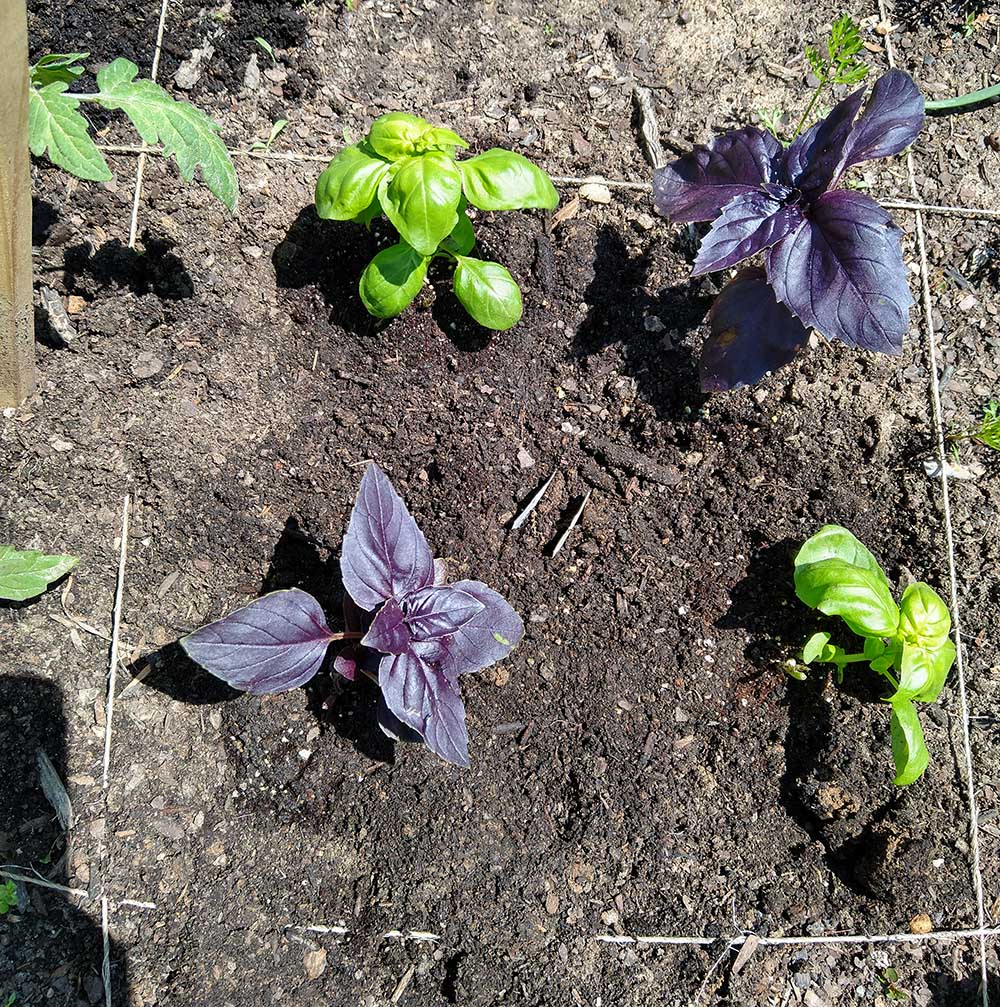
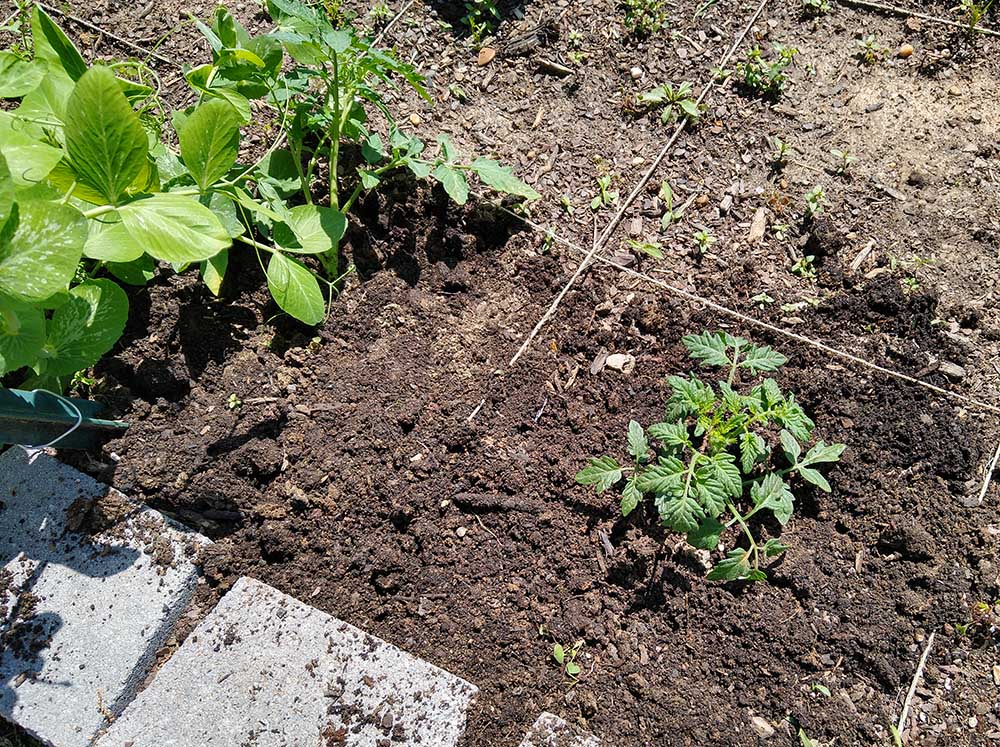
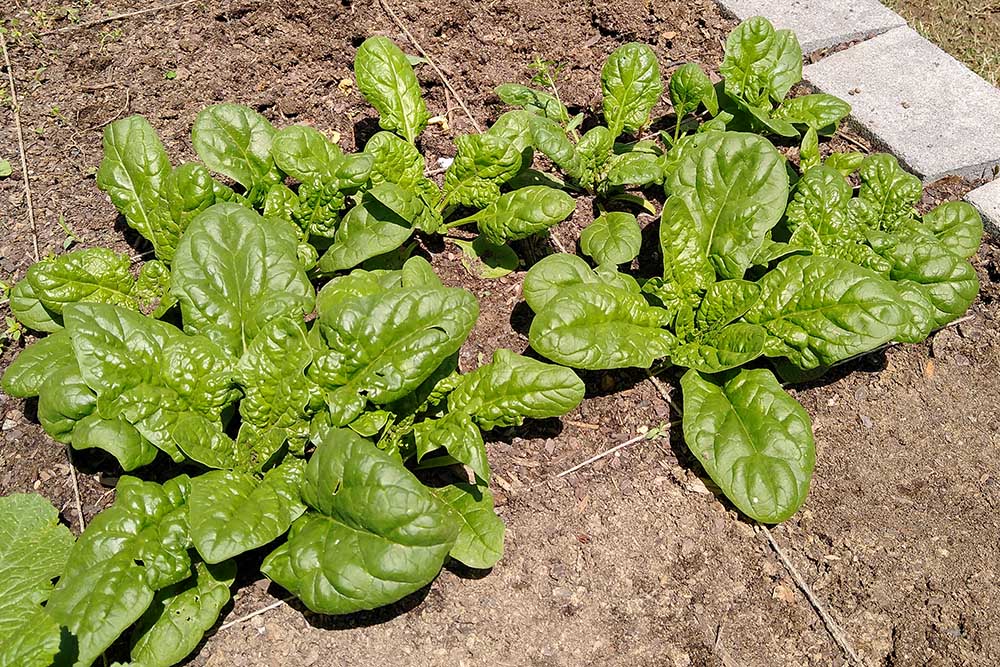
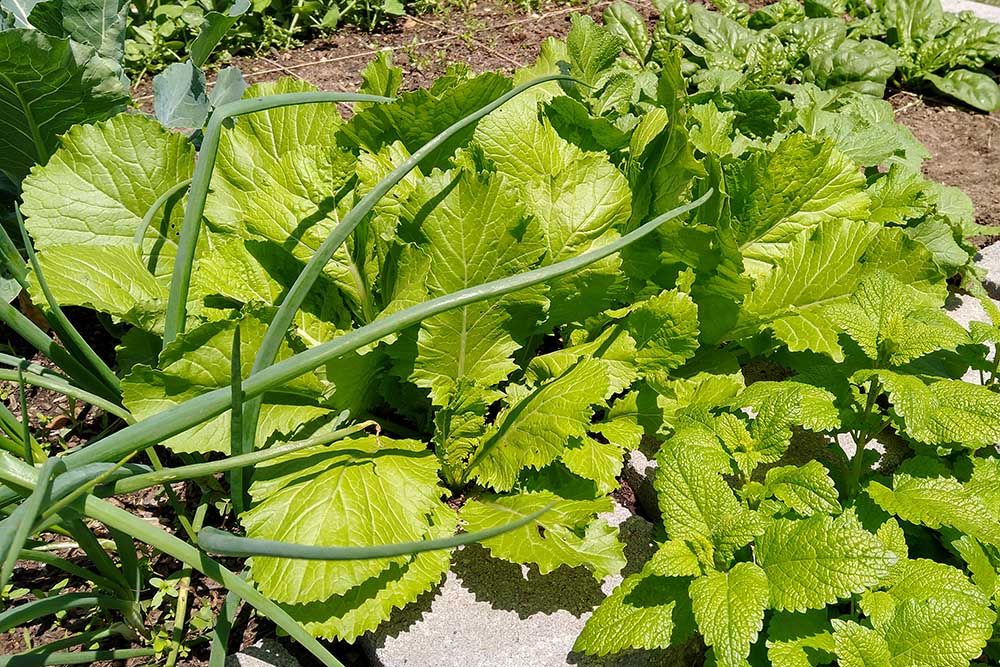
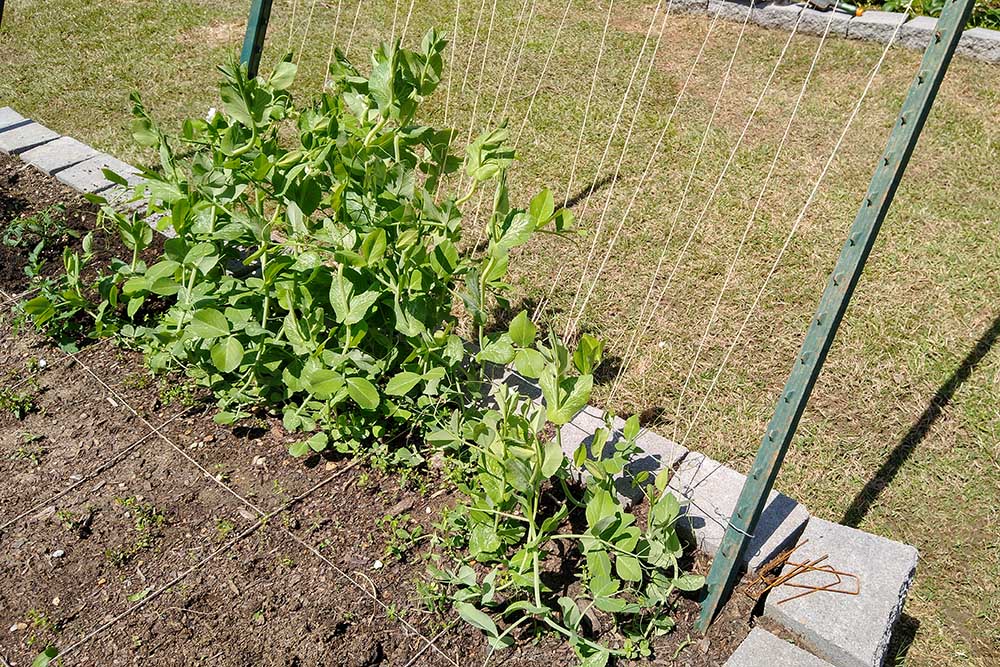
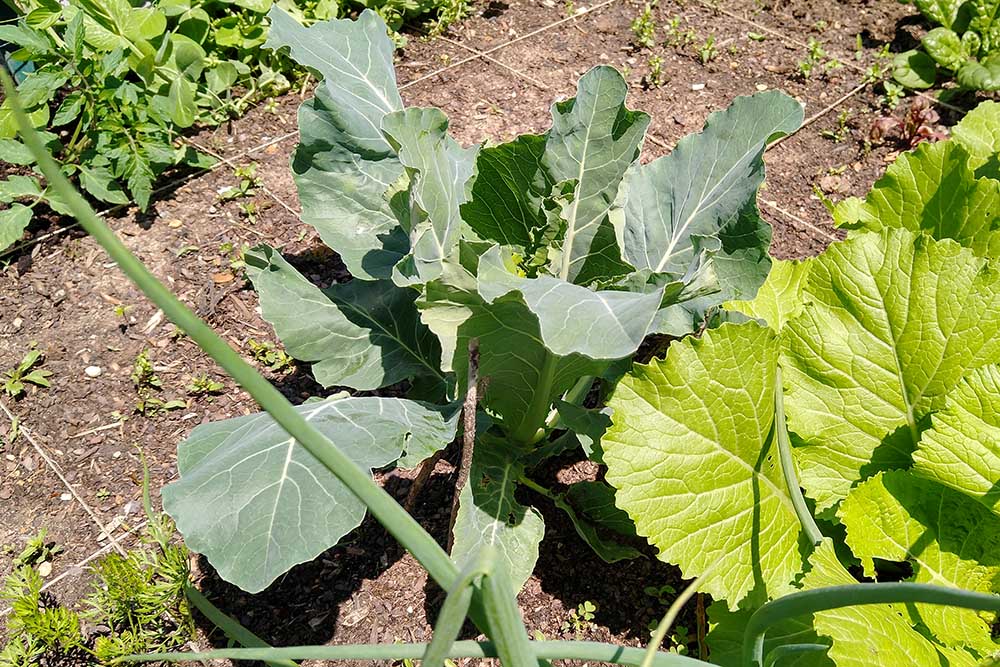
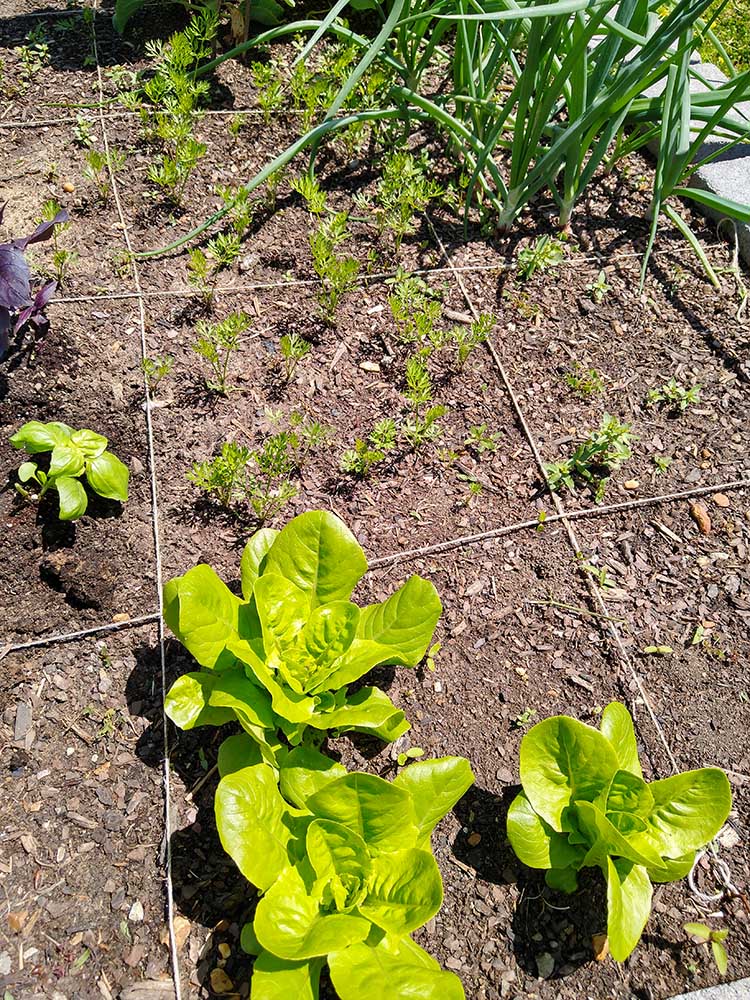
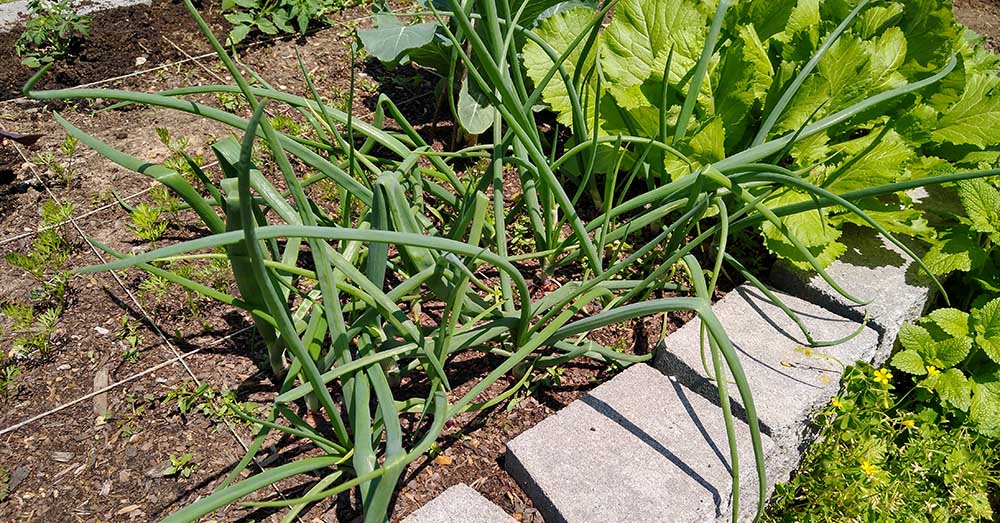
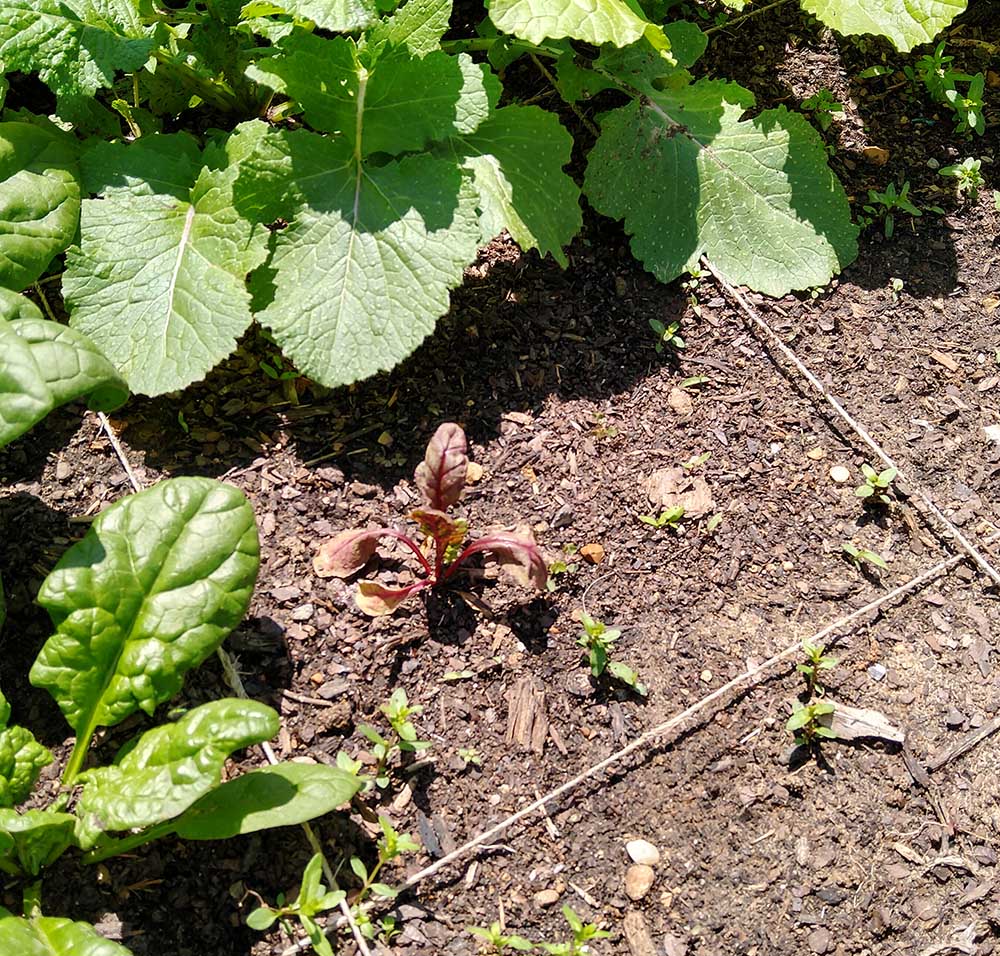
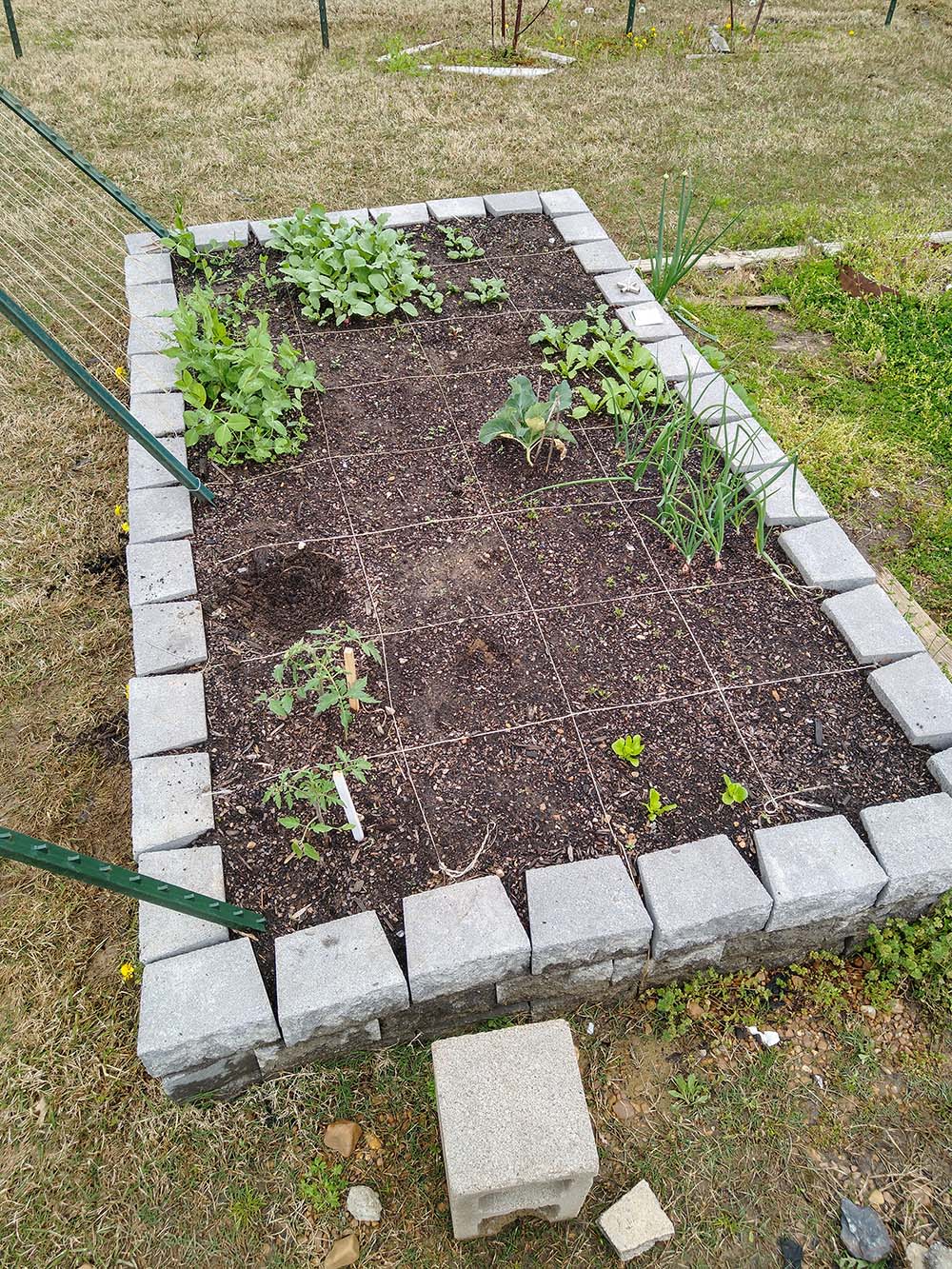
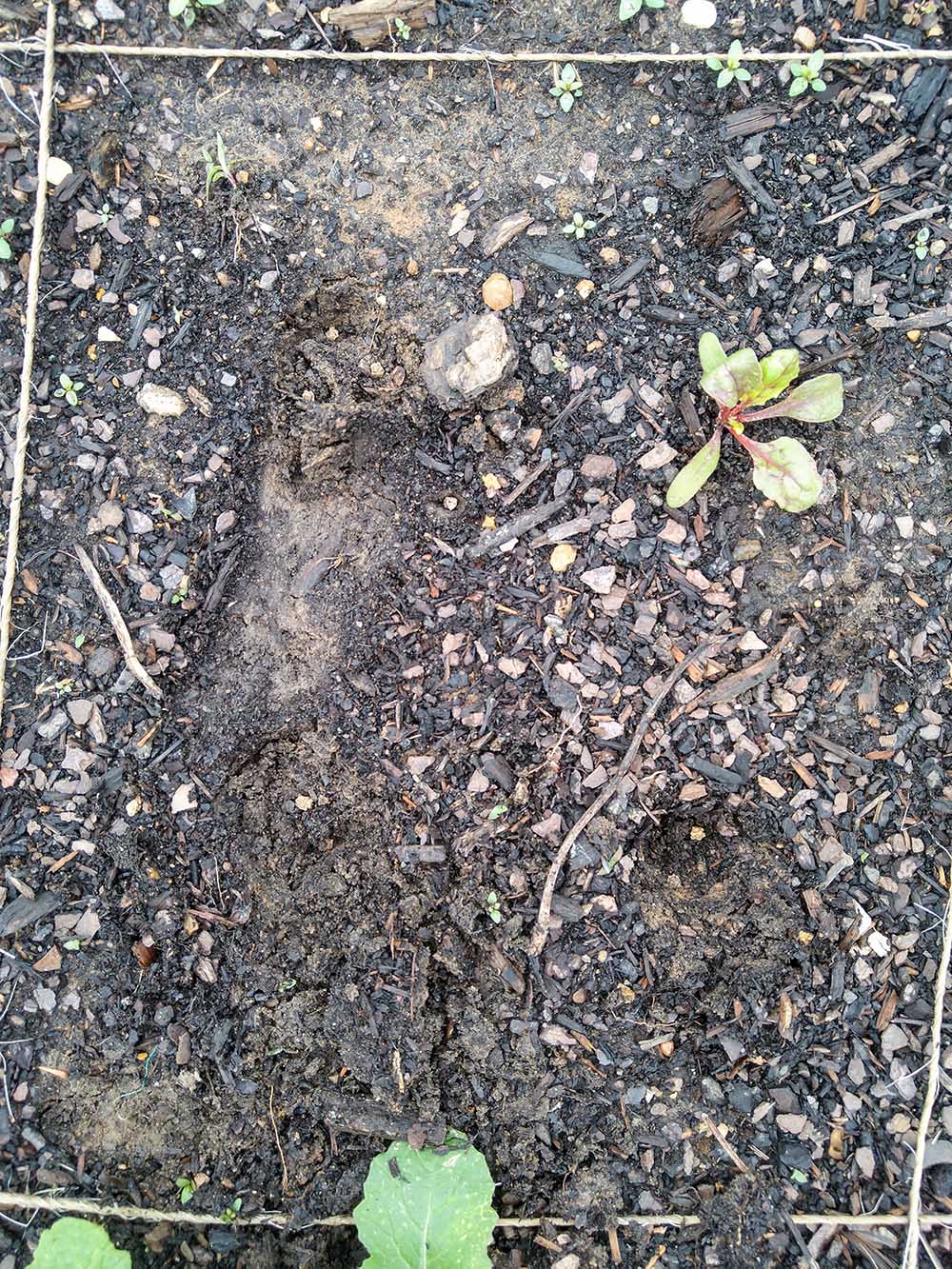
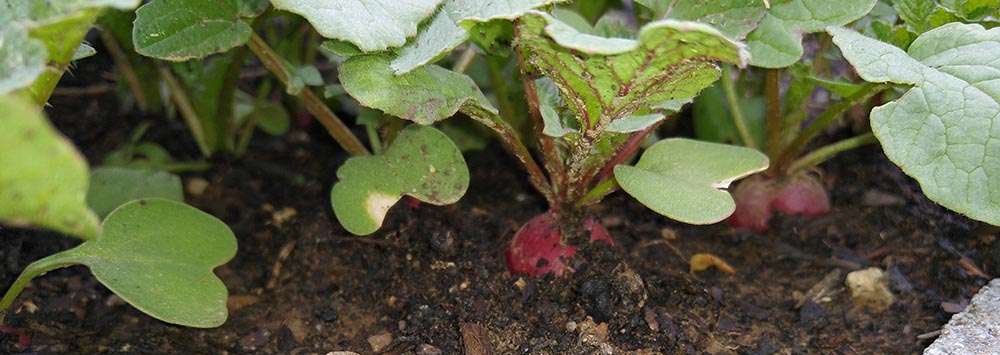
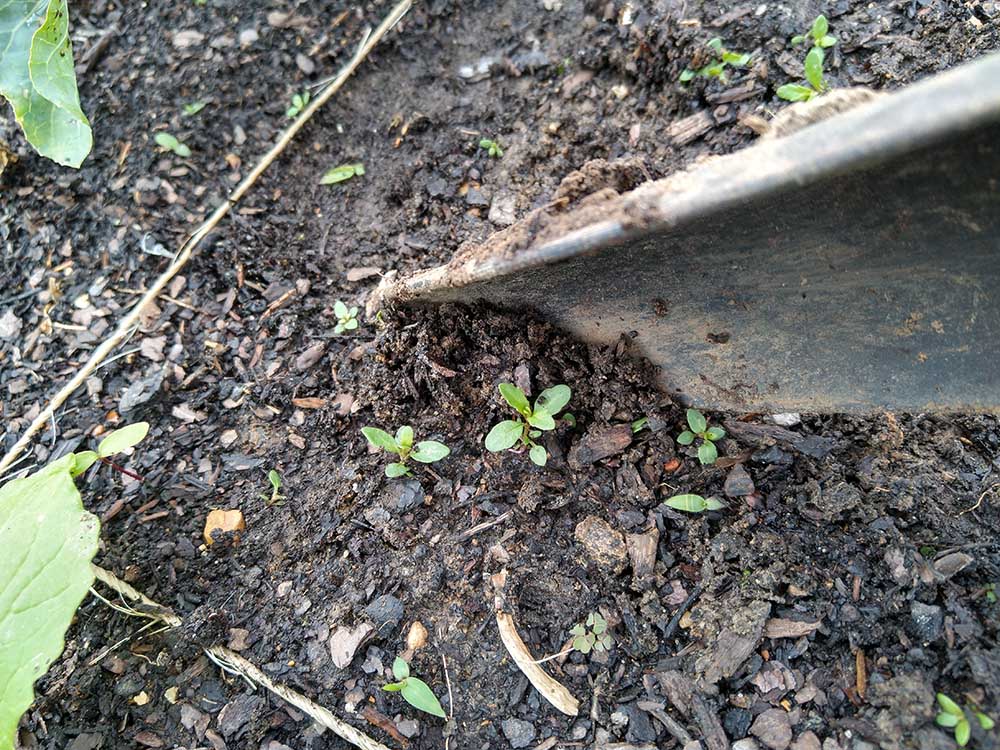
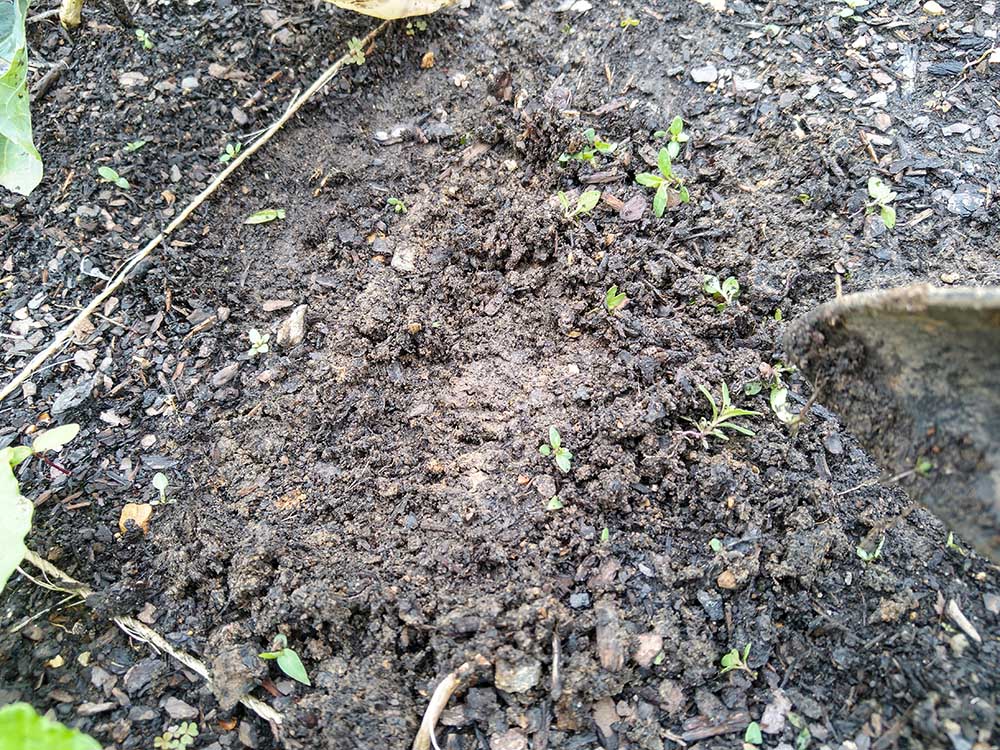
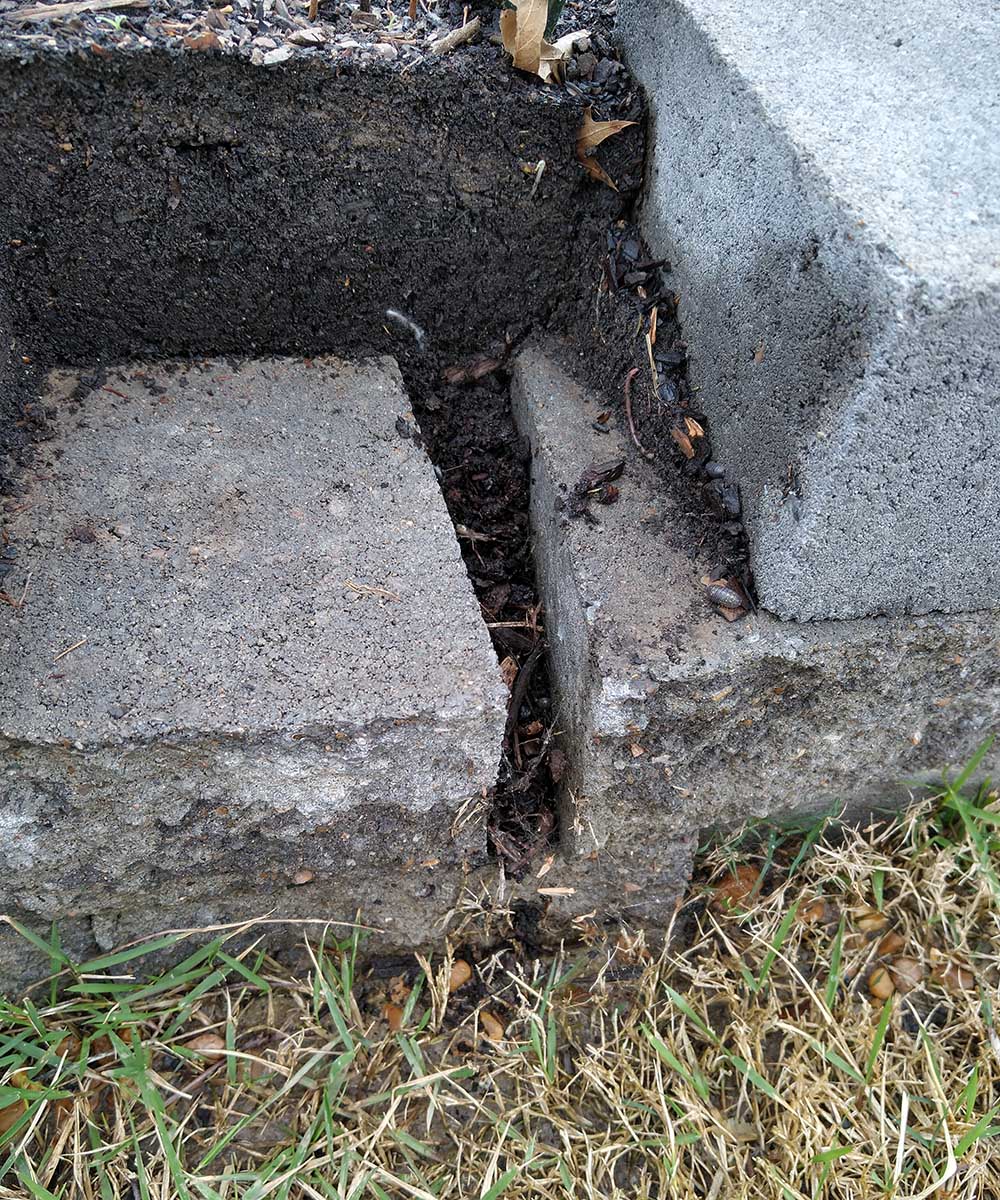
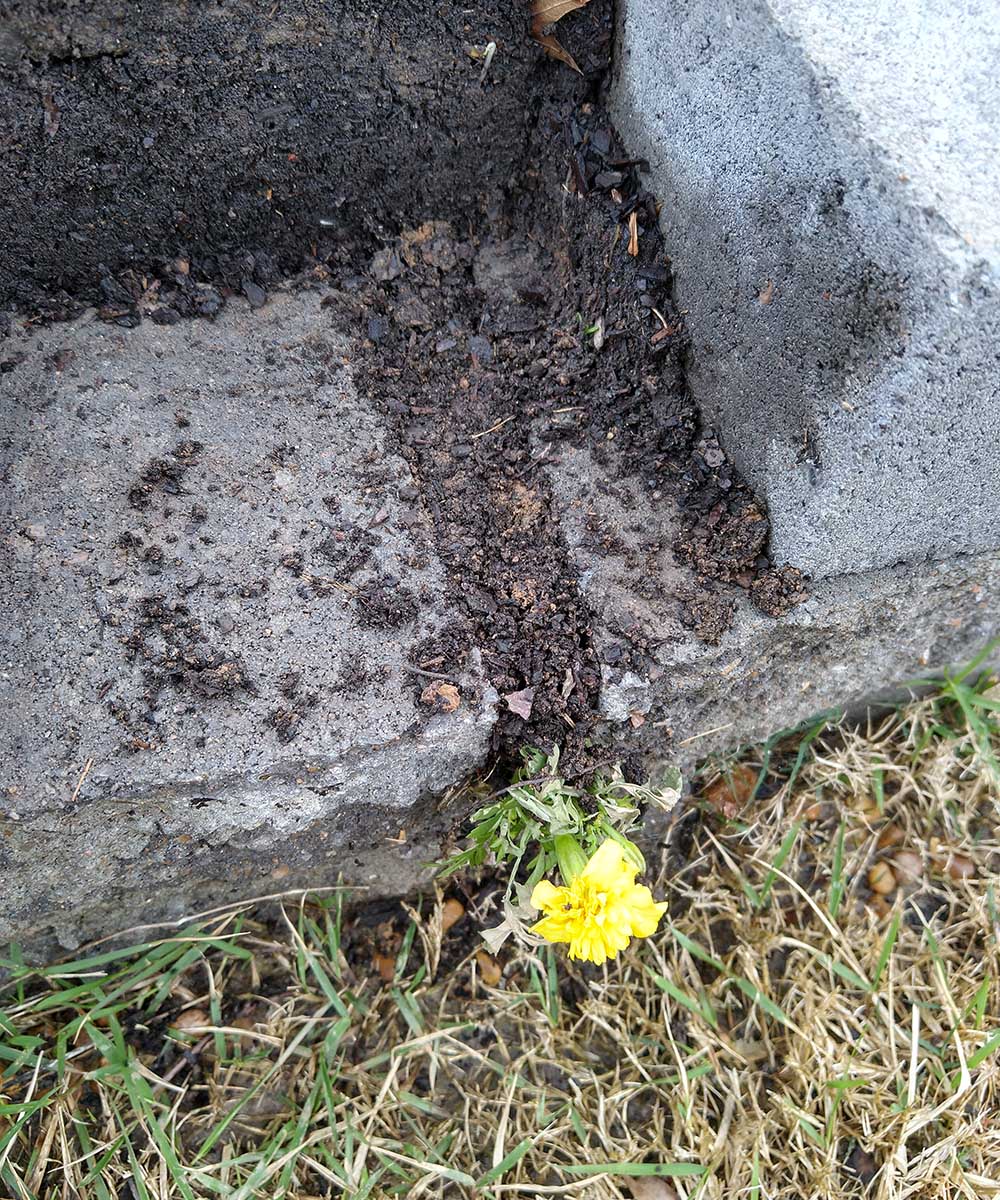
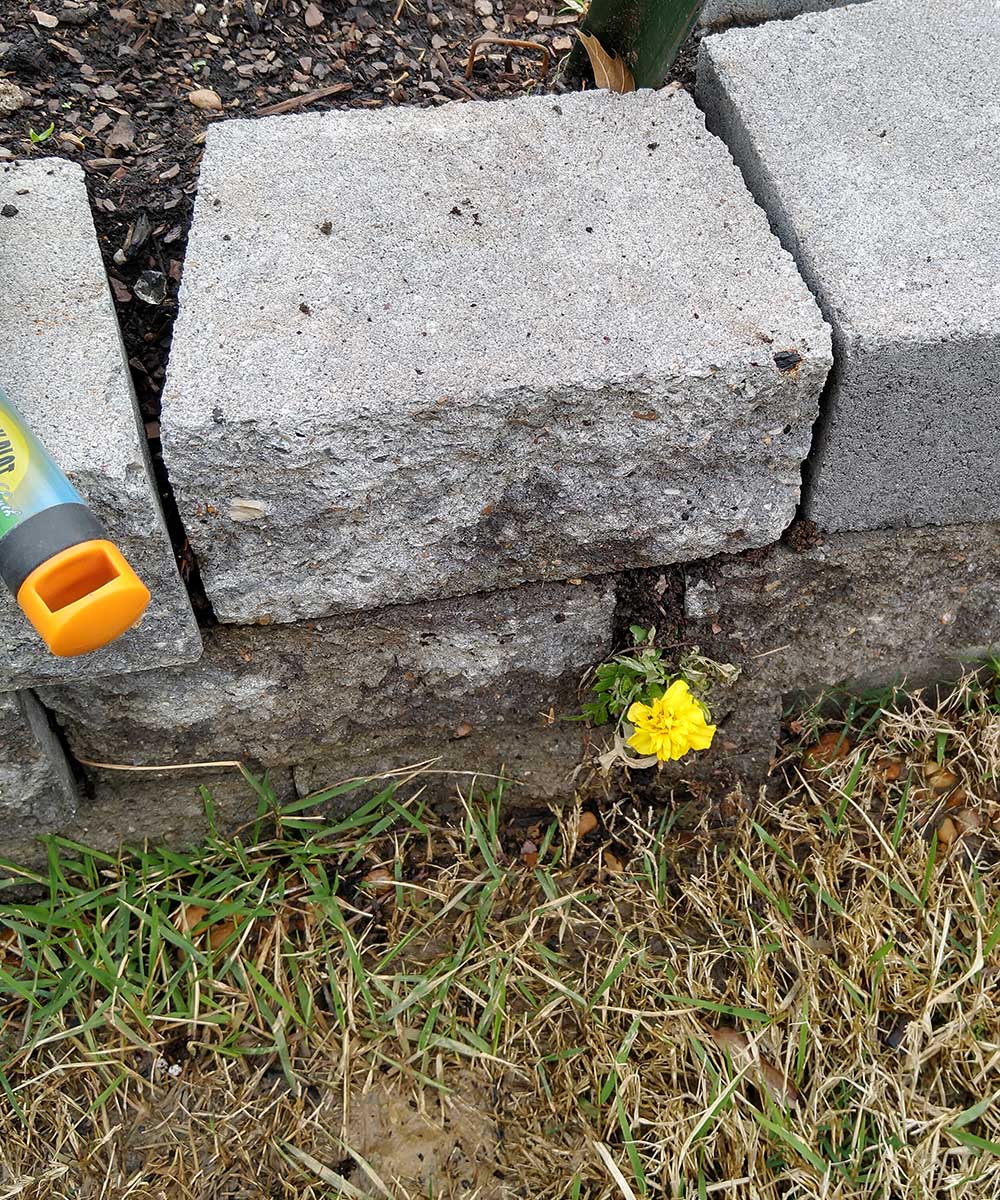
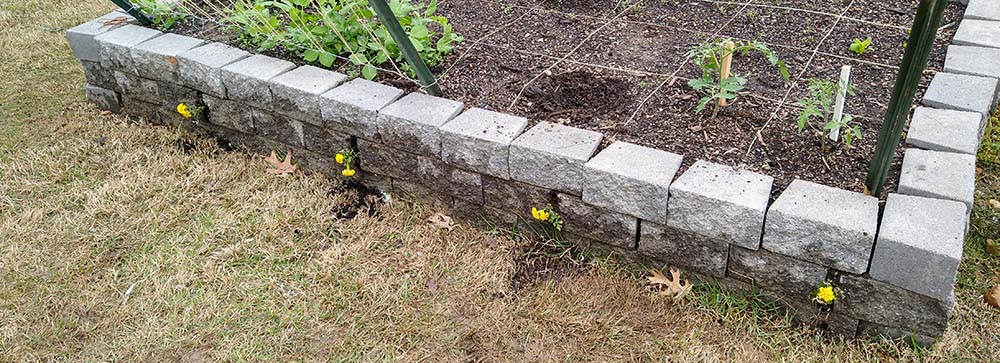
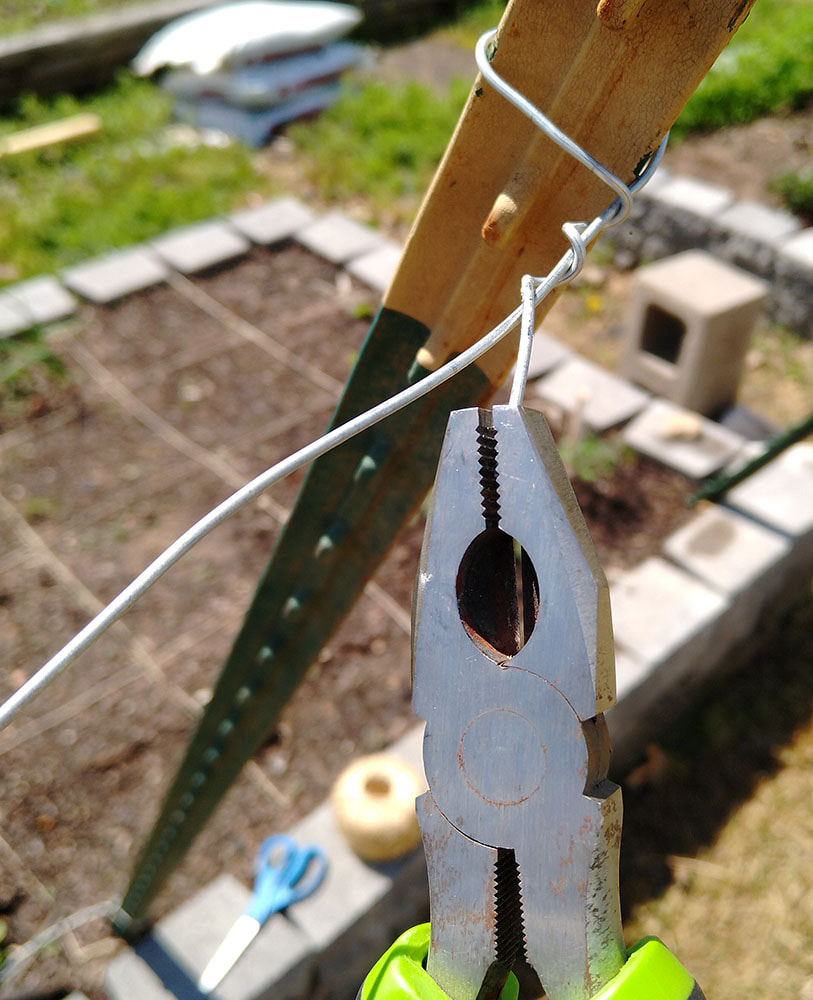
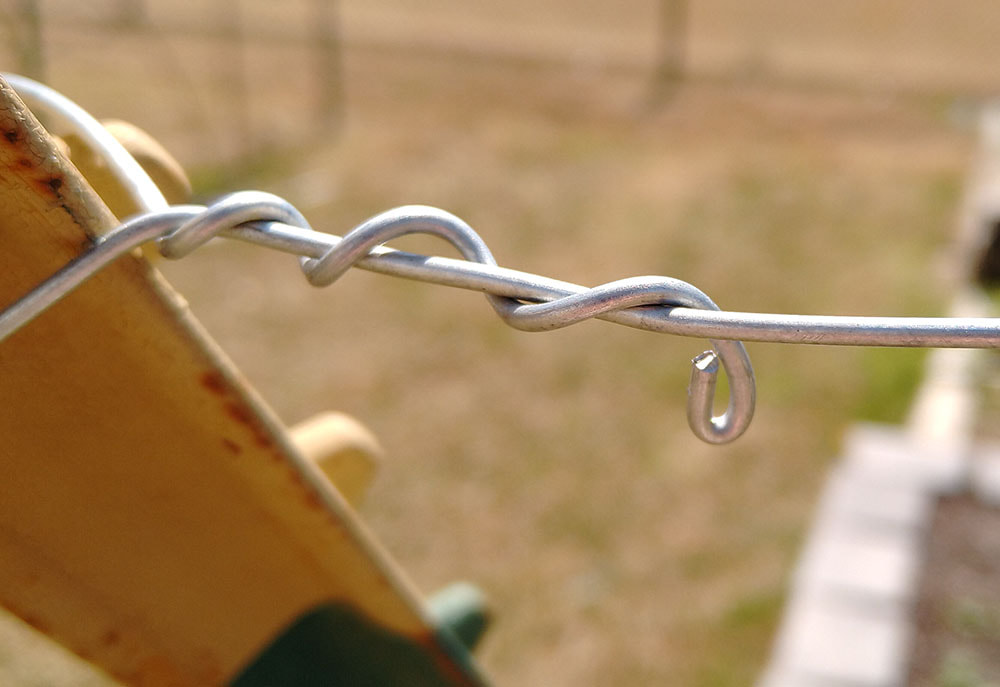
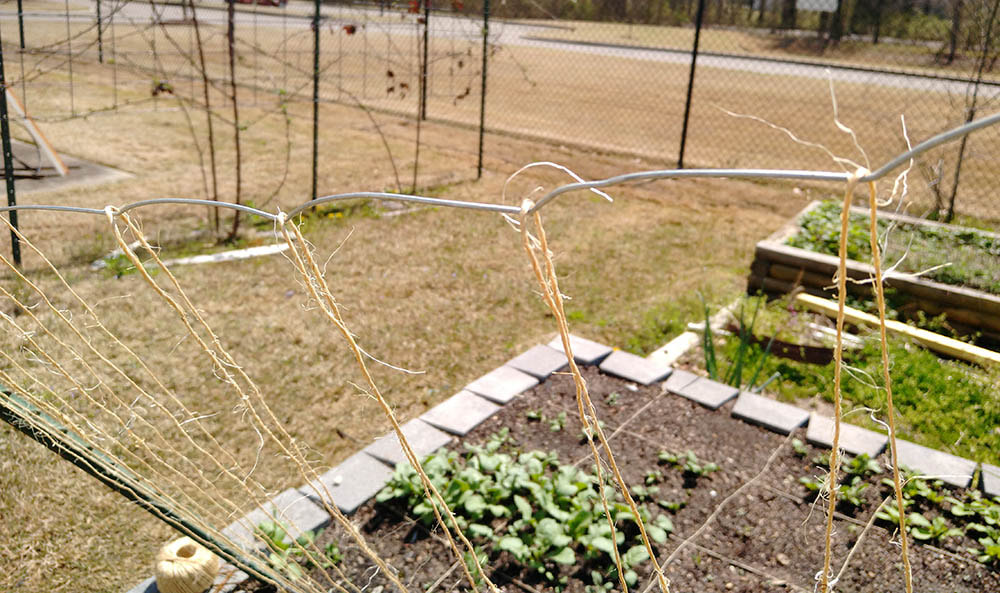
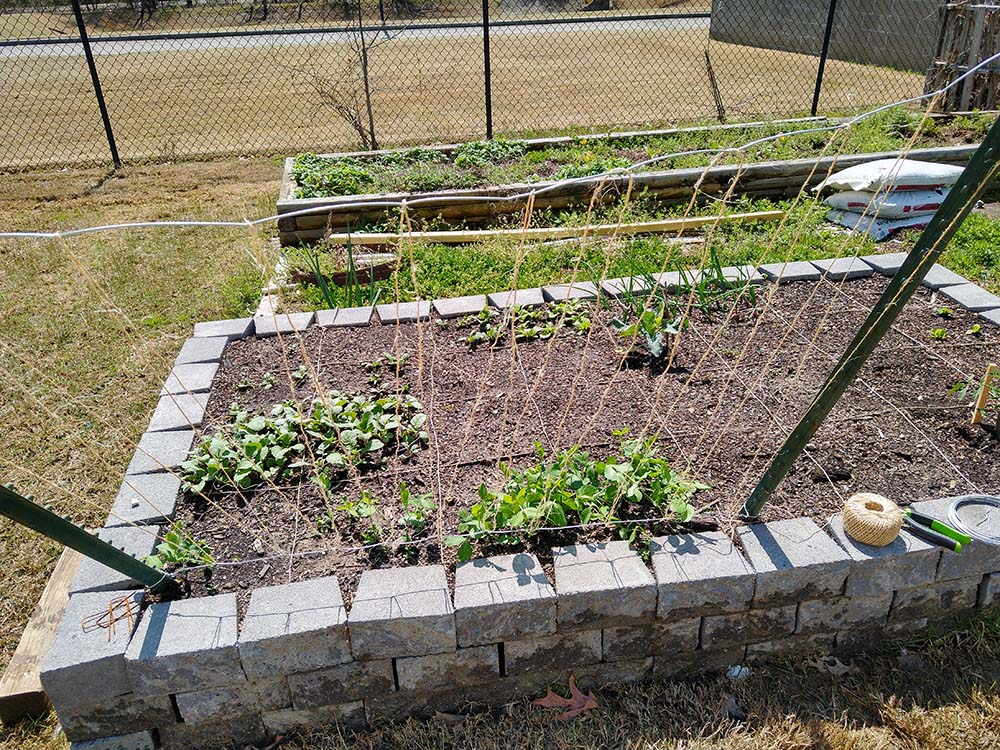
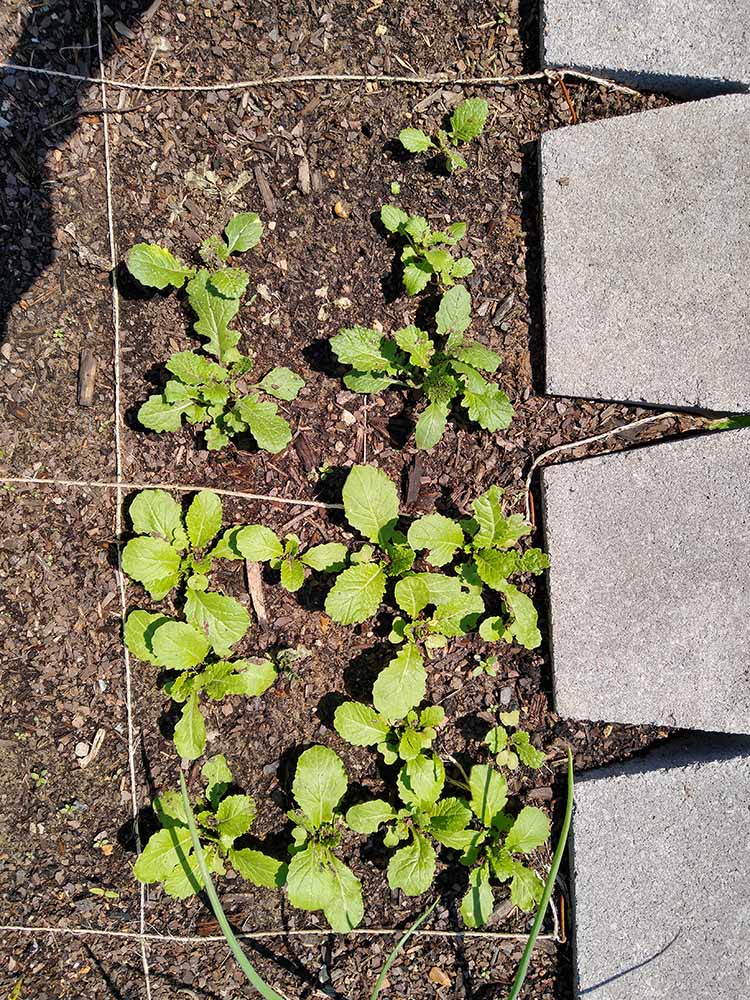
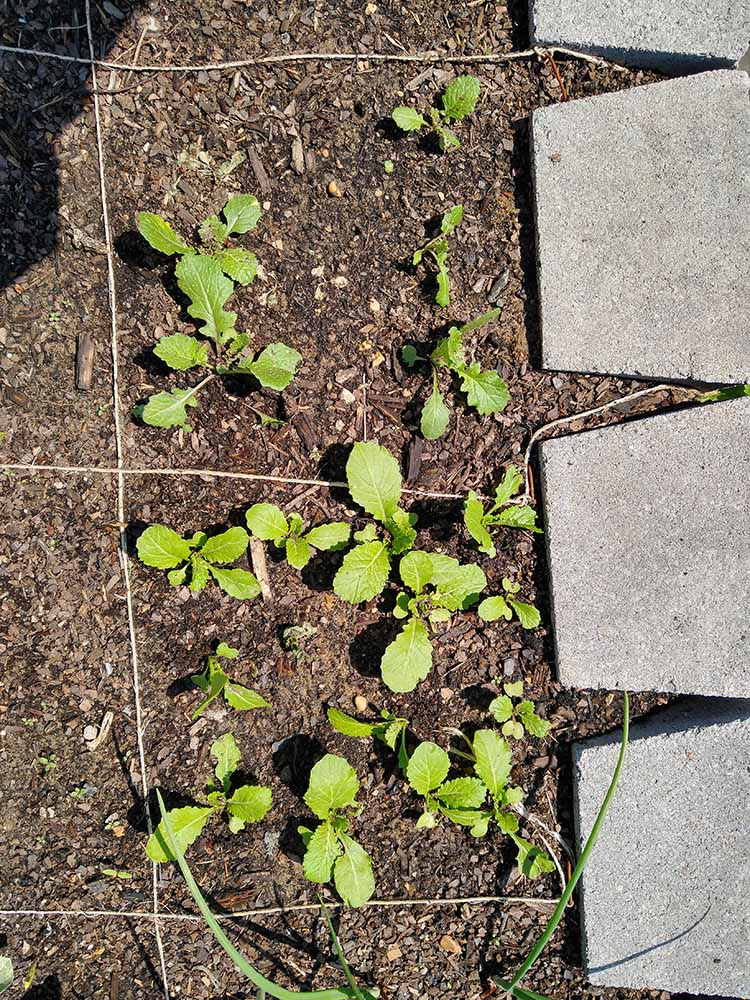
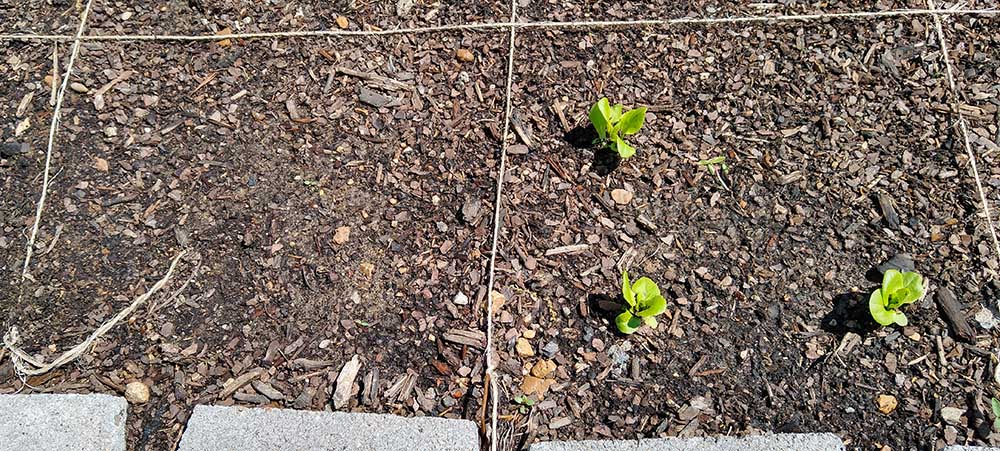
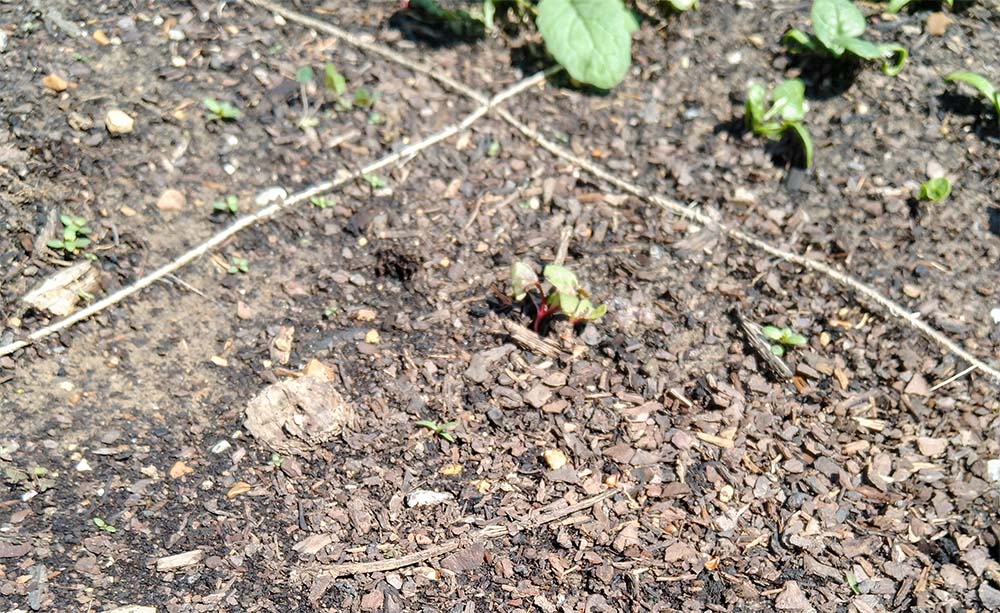
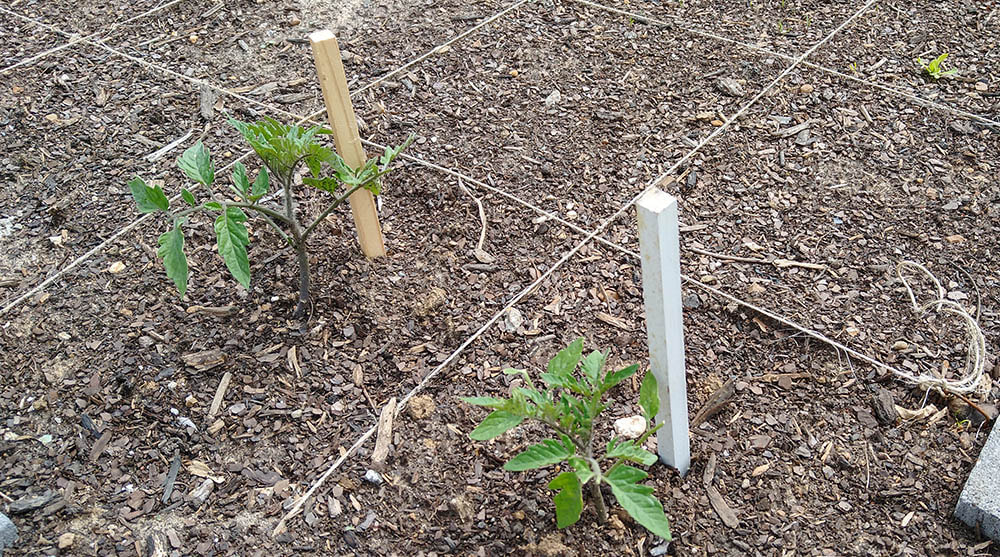
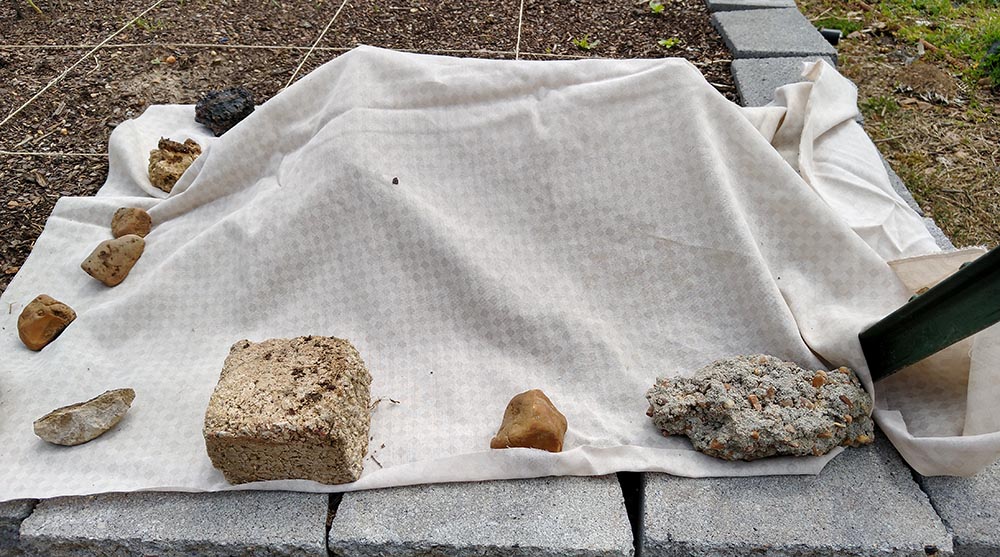
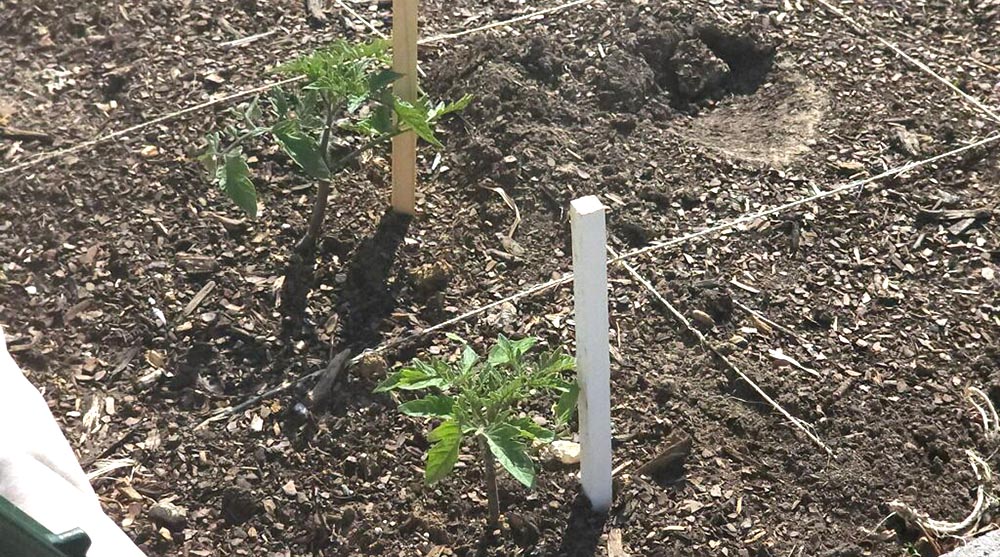
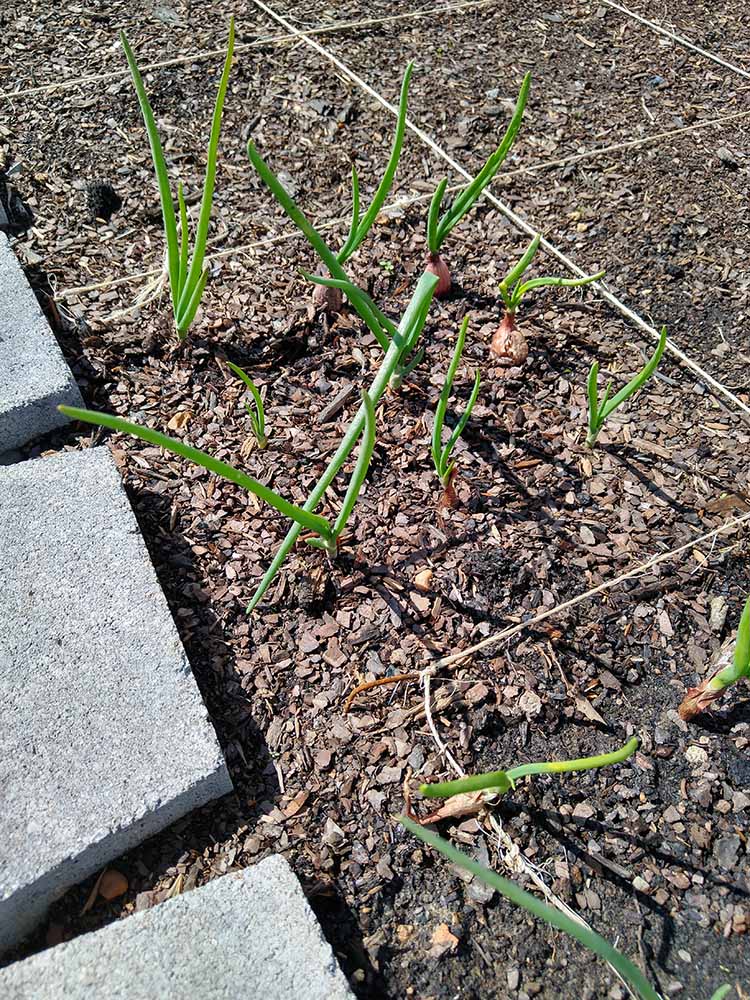
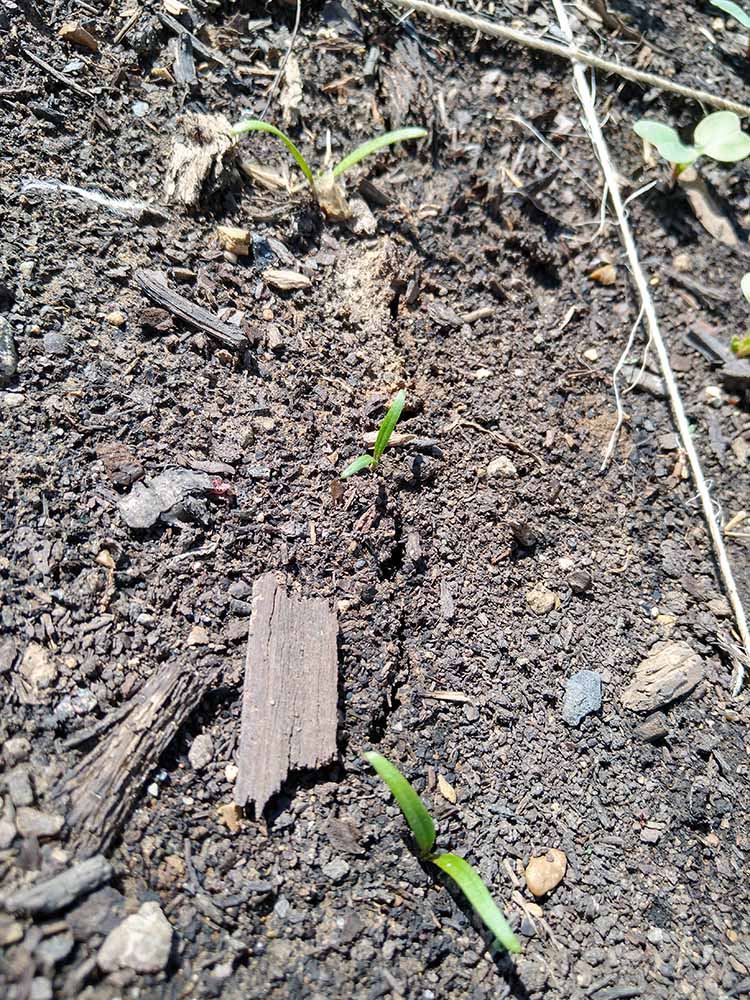
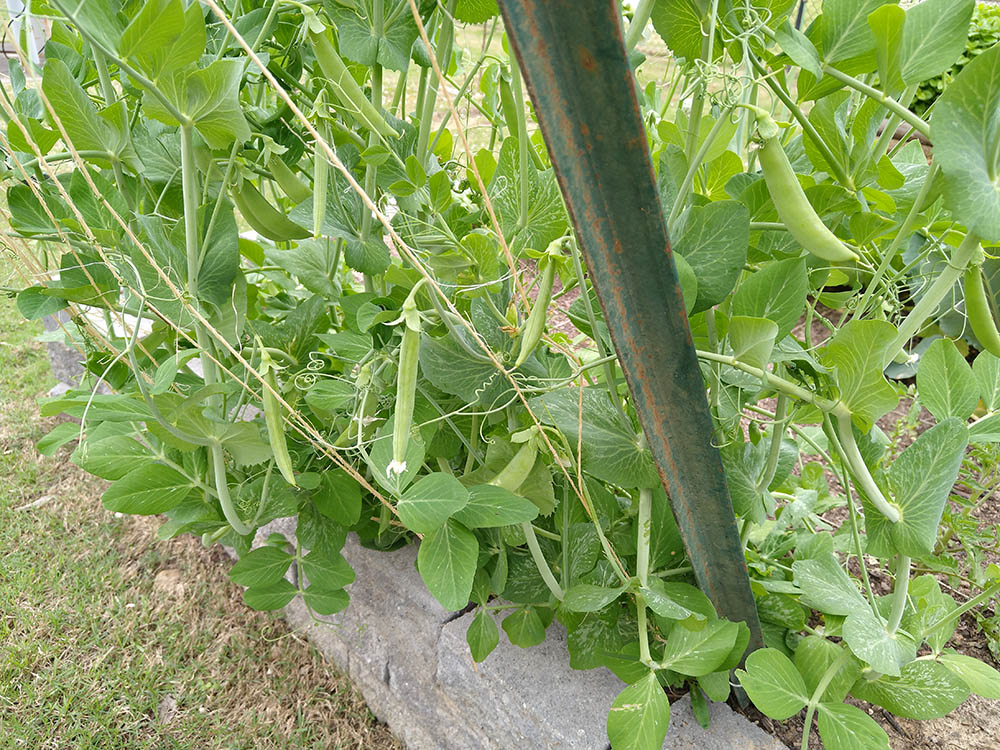
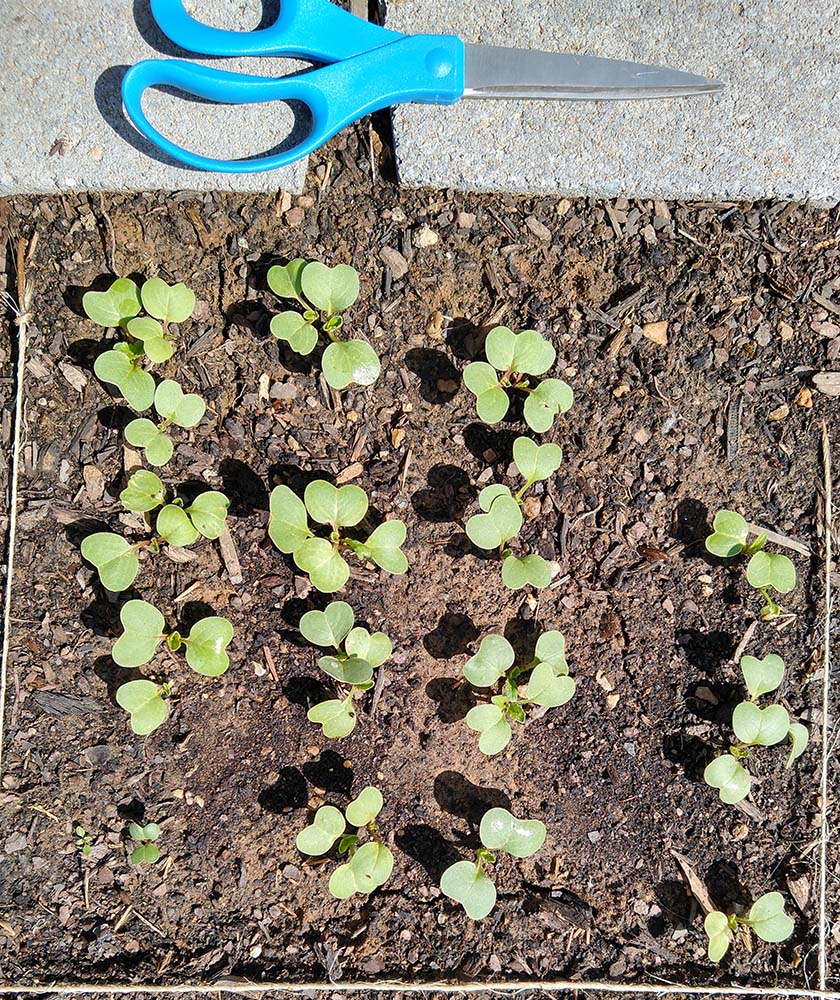
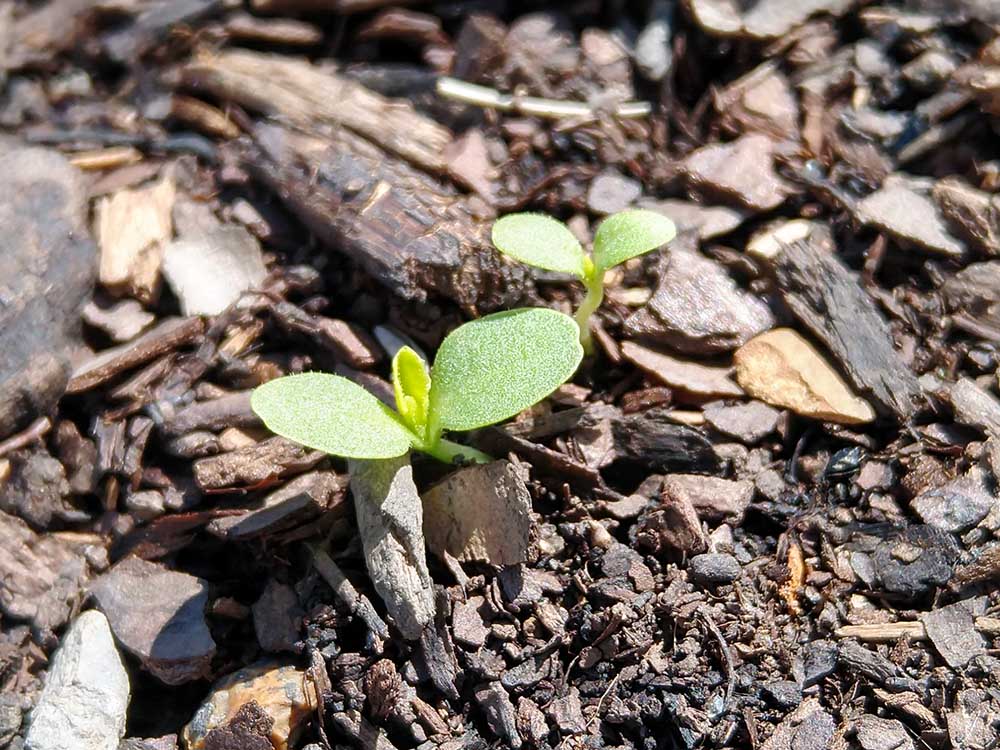

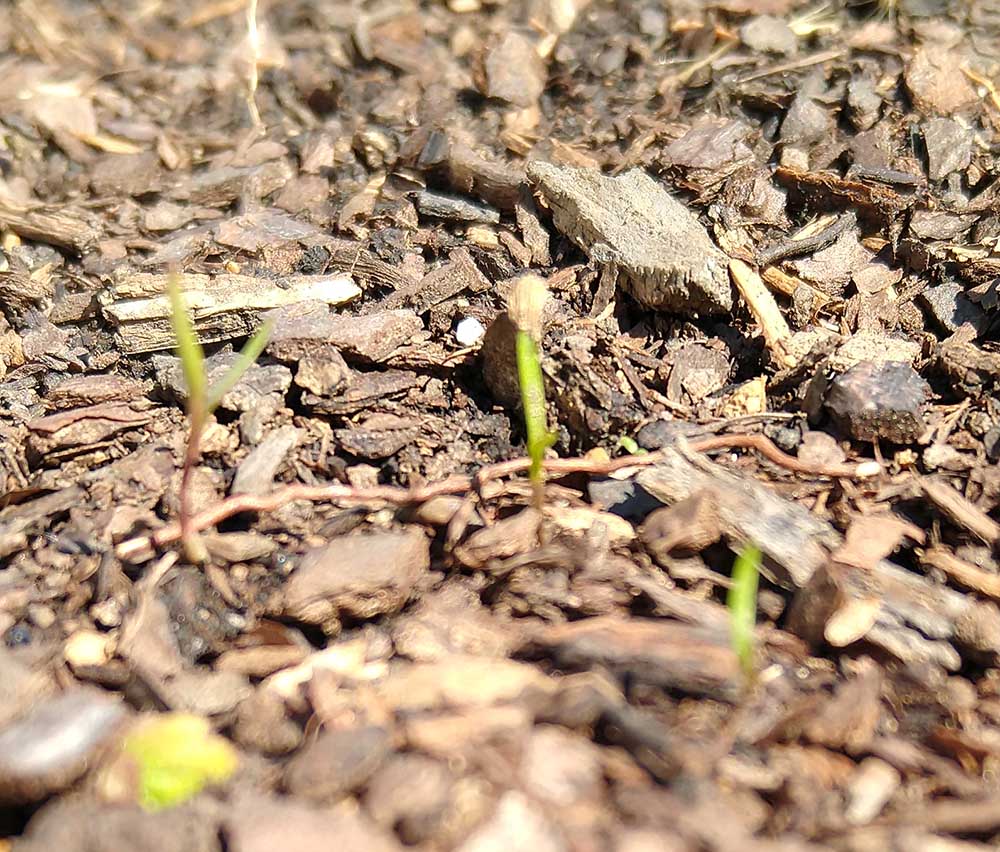
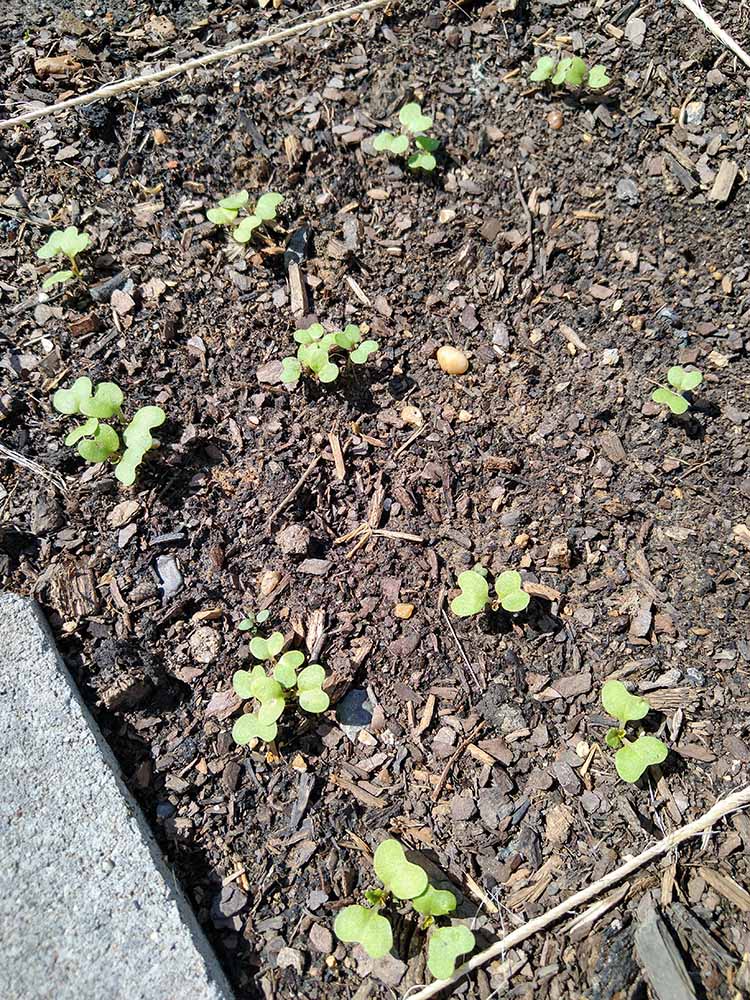
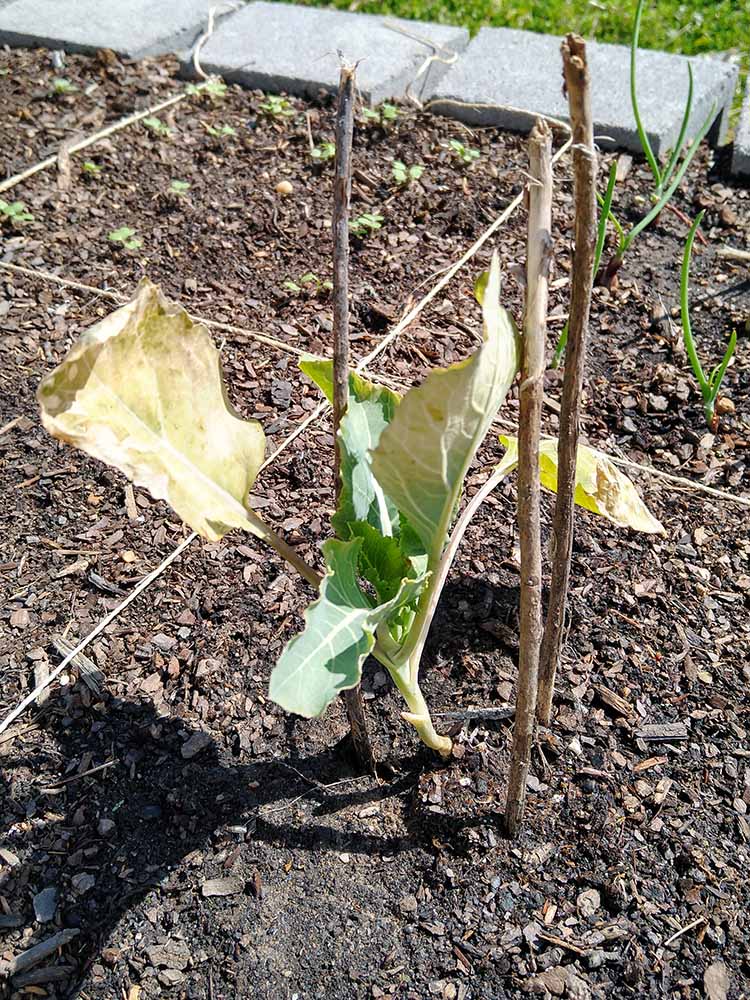
 RSS Feed
RSS Feed